Contents [show]
So you’re planning a wine trip in Tasmania, or you’re a downright wine nerd that loves reading up on distant wine regions. Whatever your reason, Tasmanian wine culture won’t let you down.
Every wine region is unique in history, and there are a ton of cool things to see along the way. There are a heap of wine tours Tasmania has to offer and a lot of cool-climate wines that you need to taste. First things first, where the hell is it?
Tasmania is that small island at the bottom of Australia. No, it’s not part of New Zealand, no it’s not considered Victoria, and yes, they do have two heads; that way, they can enjoy a red and a white all at the same time.
Wine in Tasmania
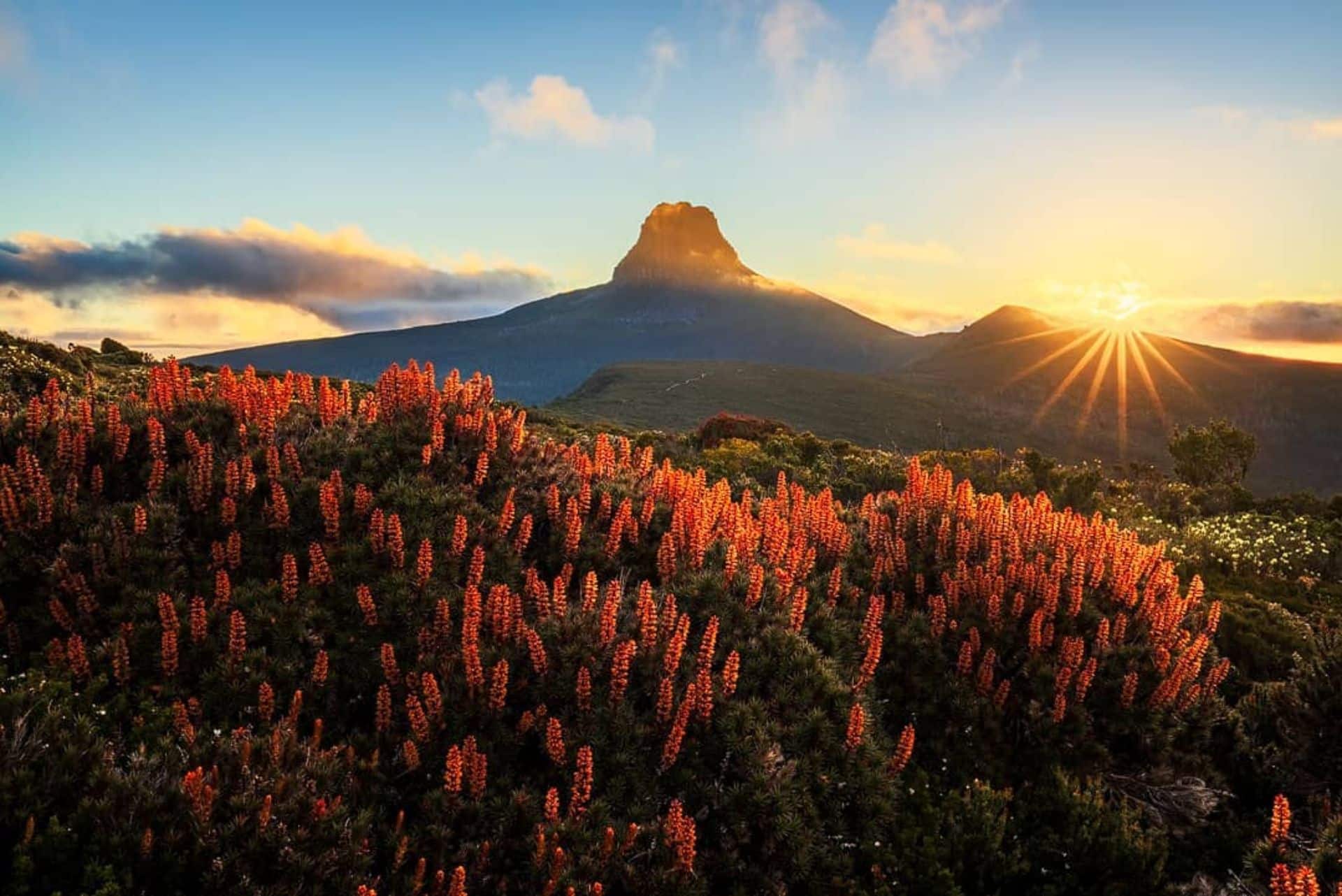
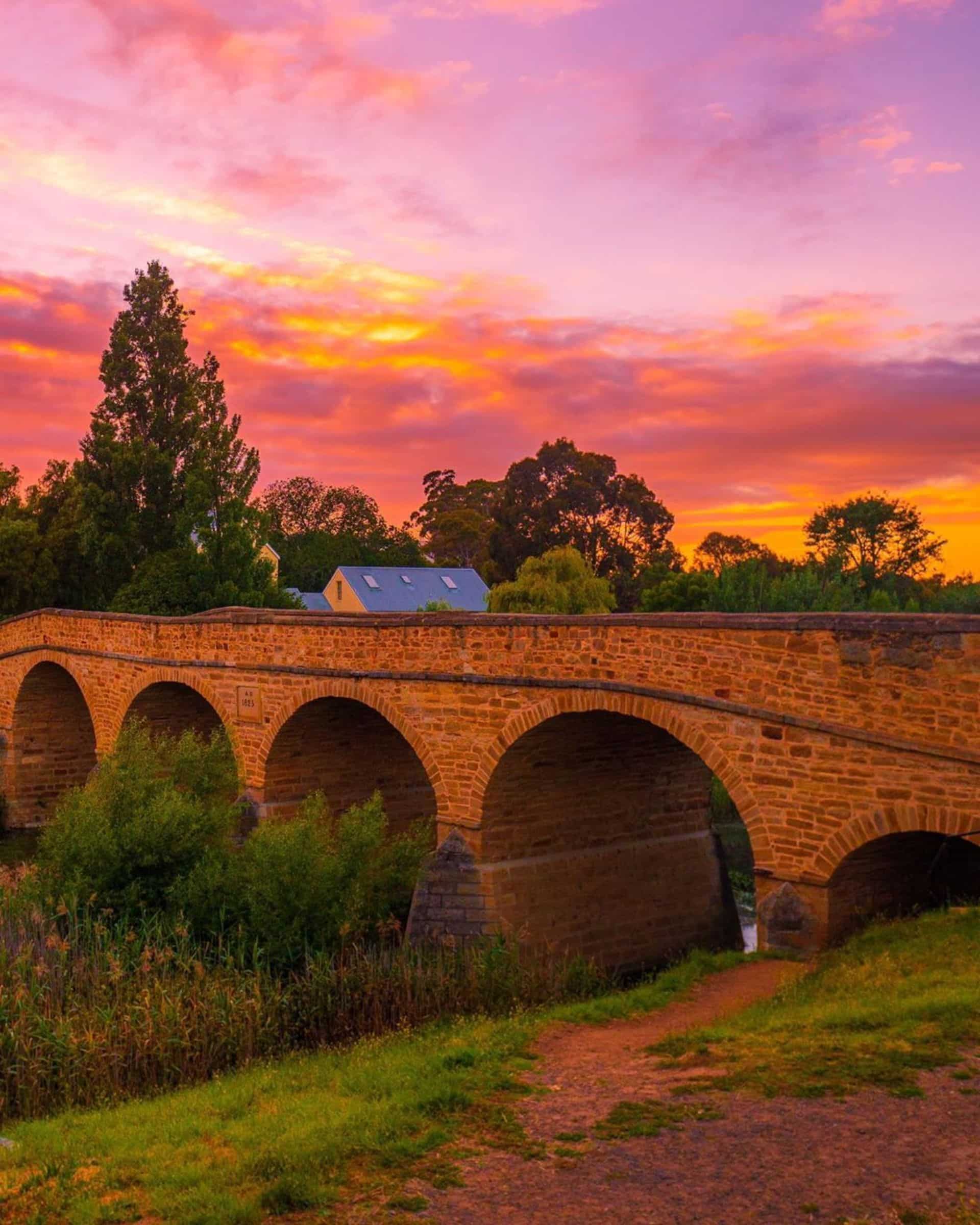


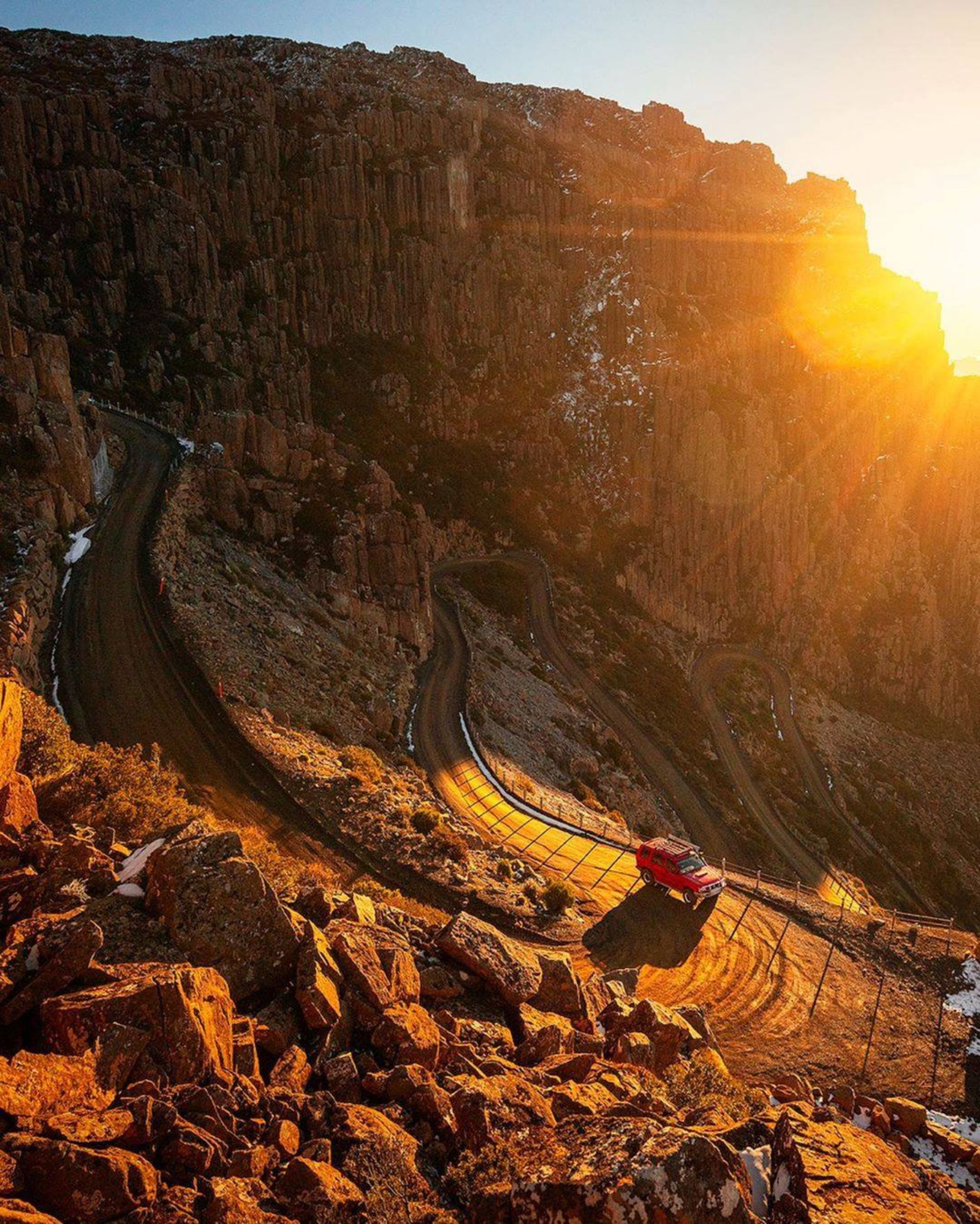

This paradise is making its way to worldwide recognition. Though the island is years behind the mainland’s industry, wine production in Tasmania has increased by 300 % in the last decade.
The west winds can blow relentlessly, and the summers sometimes last just weeks. The grapes in Tasmania are harvested in April and May due to the premature frosts that visit the southern state. The cold allows the grapes time to ripen, giving them maturity and complexities. These contributing traits make up the intricate workings of an abundant wine region.
Tasmania is a cool climate region; this means there are only so many varietals that are produced; Having said that, anything is possible with global warming. Pinot Noir, sparkling, Cabernet Sauvignon, Riesling, Chardonnay, Sauvignon Blanc, and Pinot Gris are the main grape varieties that you will come across. Here are the regions and their percentage of products coming out of Tasmania.
Tasmanian Wine History
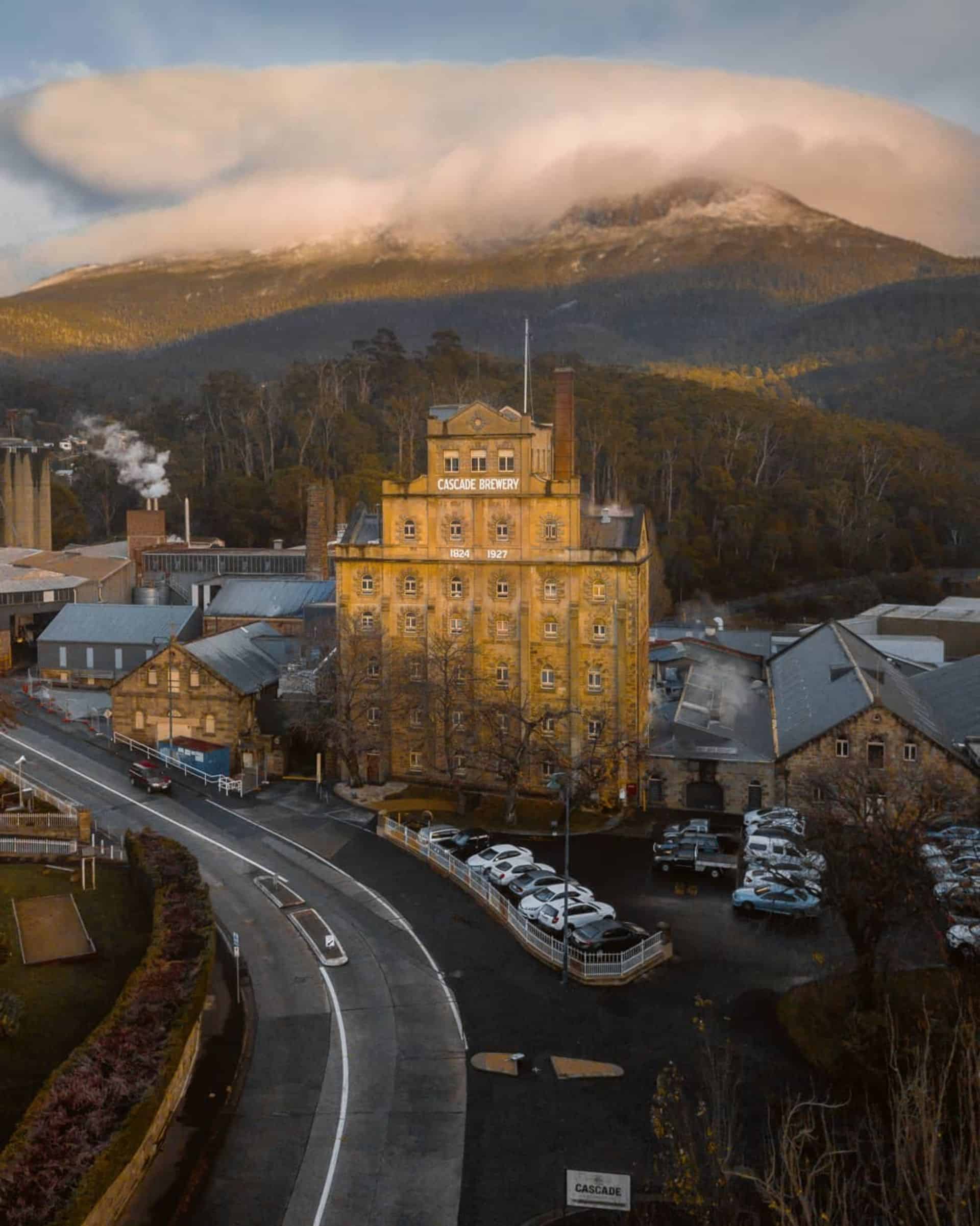
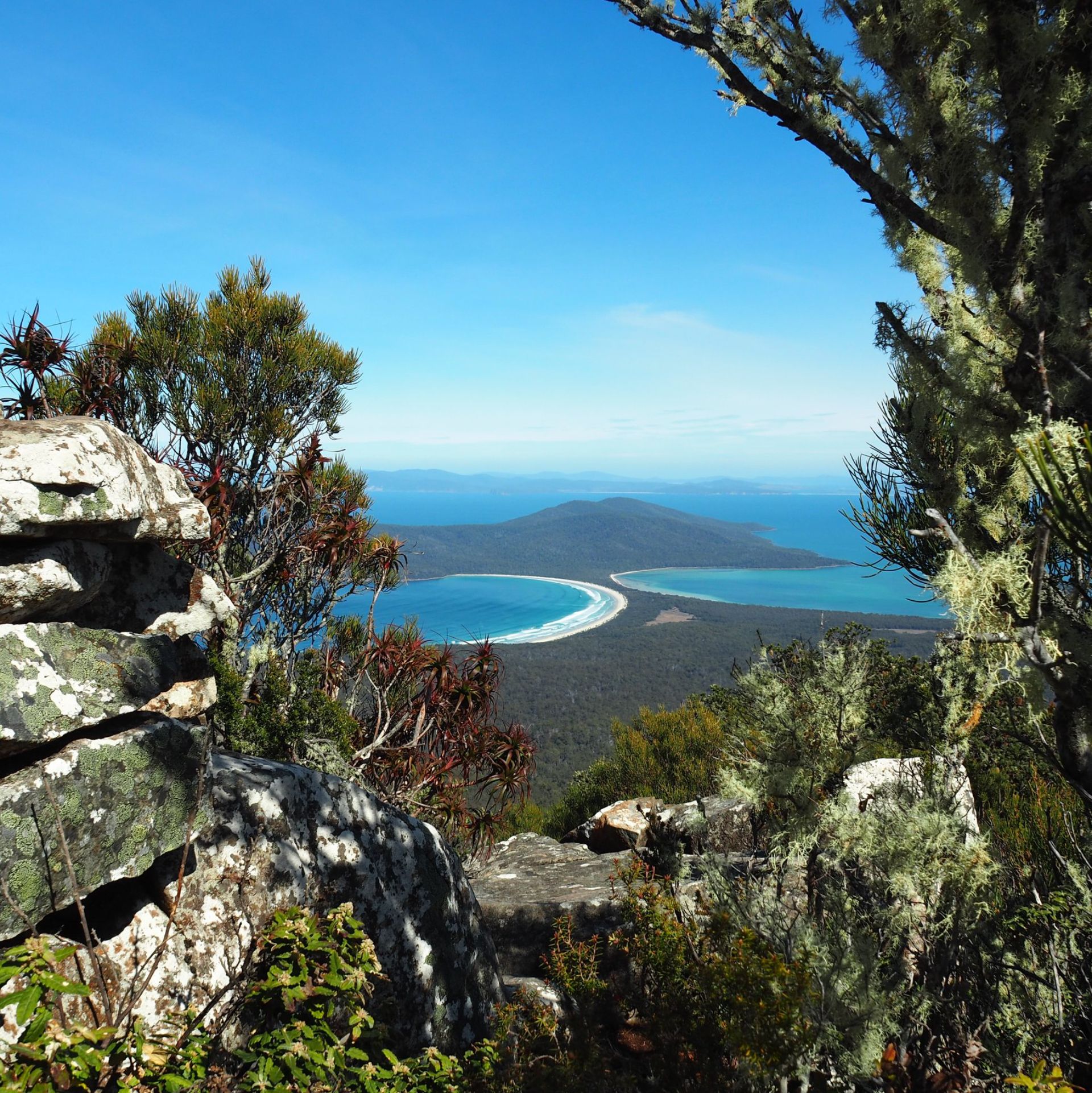
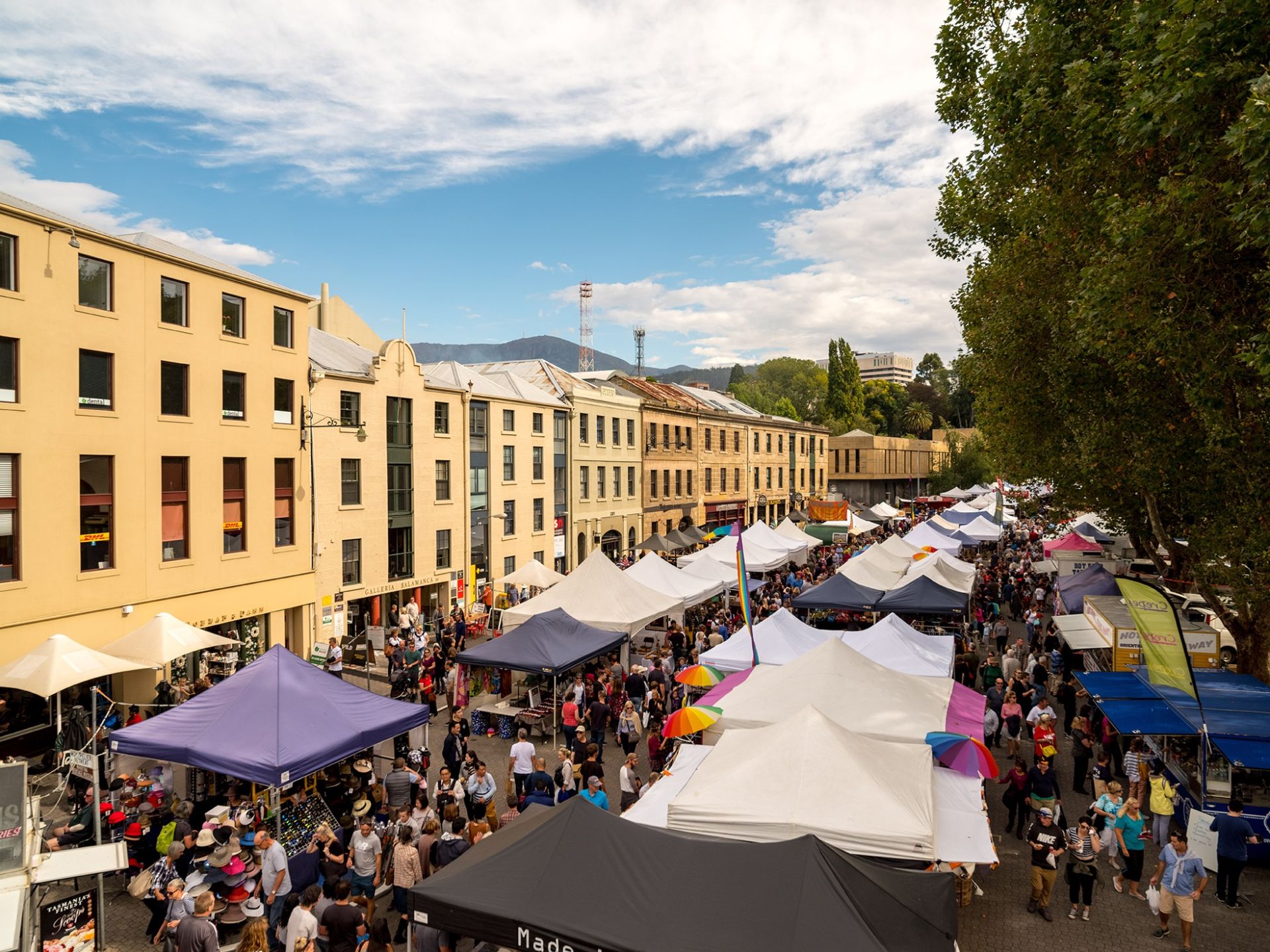
https://www.facebook.com/Tasmania/
Growing wine in Tasmania was deemed pointless by Diego Bernacchi in 1890. Bernacchi held claim to the first vineyard recorded in Tasmania, located on Maria Island. It was a failed project, and there-for the state was proclaimed incapable of producing wine. It was quite a harsh reality to the pioneers that travelled long distances to see the previously affirmed ‘fertile soils similar to that of France.’ The industry died for nearly 50 years.
Tasmania finally developed its first manufactured industry product in the 1950s from the Tamar Valley in Tasmania’s north. Since the ’50s, growth has been exponential with new regions that seem to be sprouting every year. There are now 160 licensed wine producers, along with 230 individual vineyards, 95 cellar door outlets, and over 2,000 hectares of vineyards in Tasmania.
Wine Regions of Tasmania
There are seven leading wine regions in Tasmania, all with strong personalities and quirks. If you’re struggling to pick the right region, knowing all about them is vital to your decision.
Tasmanian Wine Production by Region
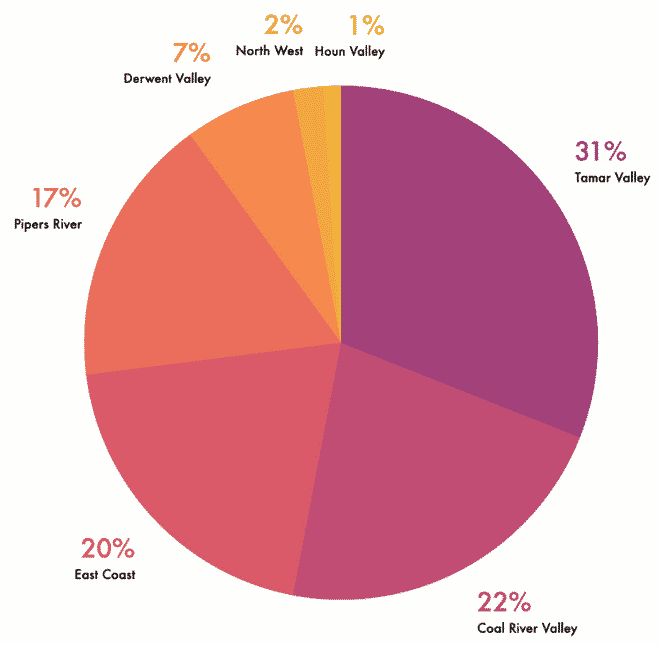
- The Tamar Valley, which produces approximately 31%
- The Coal River Valley, which produces approximately 22%
- The East Coast wine region, which produces approximately 20%
- The Pipers River wine region, which produces approximately 17%
- The Derwent Valley, which produces approximately 7%
- The North West wine region, which produces approximately 2%
- The Huon Valley / d’Entrecasteaux Channel, which produces approximately 1%
The Tamar Valley
The Tamar Valley lies twenty kilometres south of Launceston and is known for its rich history of winemaking. Tamar Valley is the oldest wine region in Tasmania. Rivers flowing, hills rolling, and there are orchids and fields of fresh produce on either side of the road for miles. There are lots of great places to stay and wineries to visit; it’s the perfect location for a getaway.
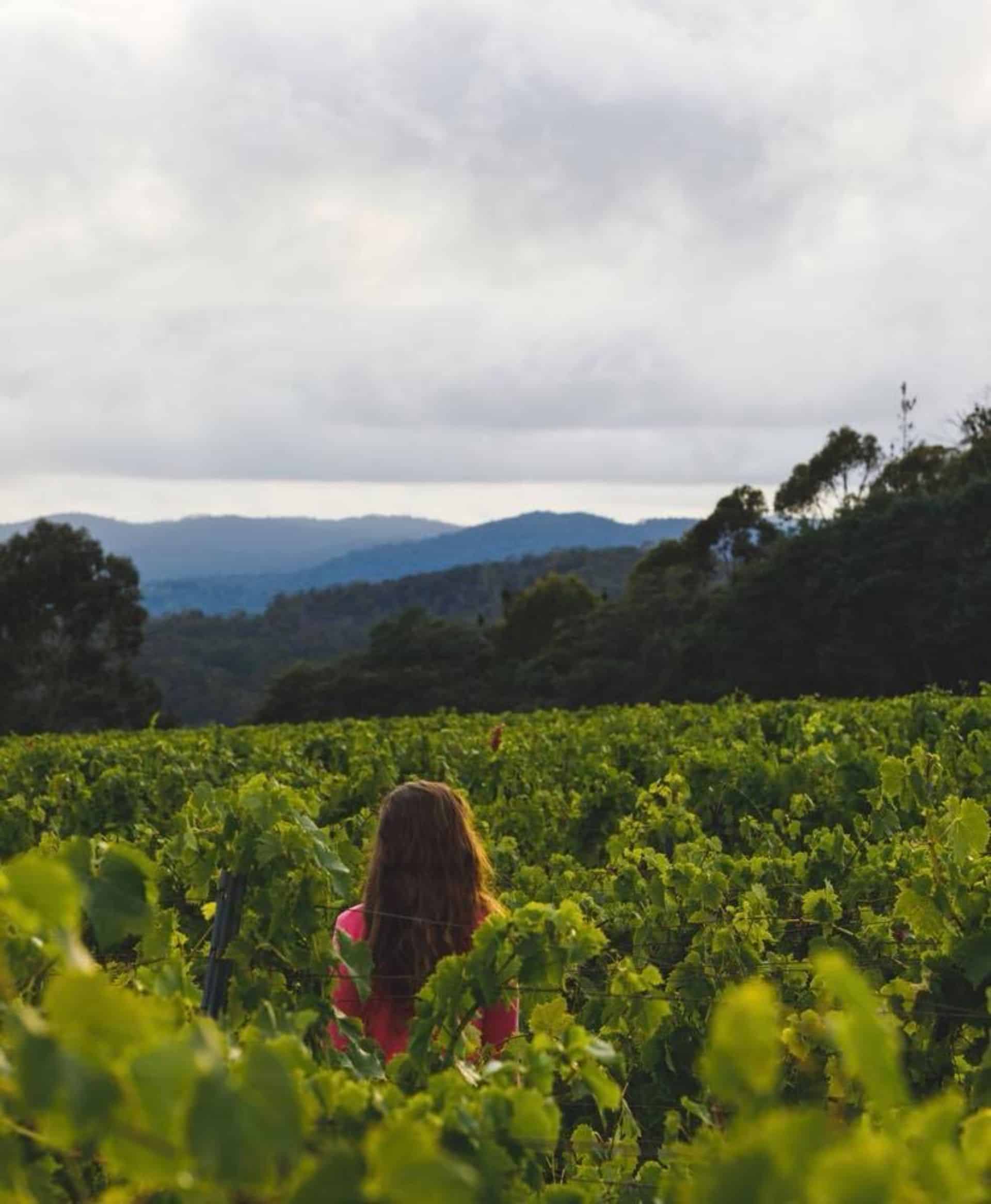

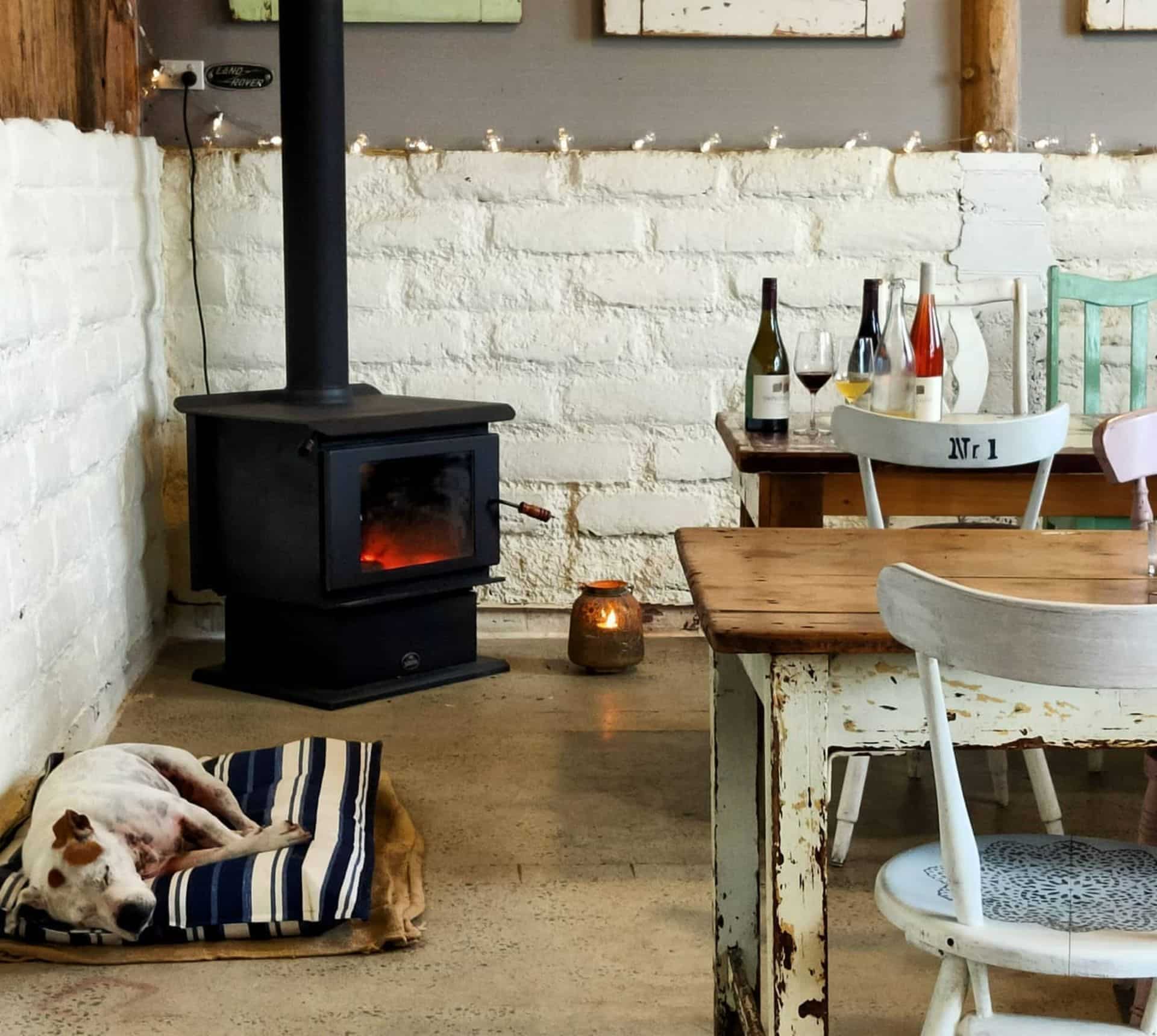
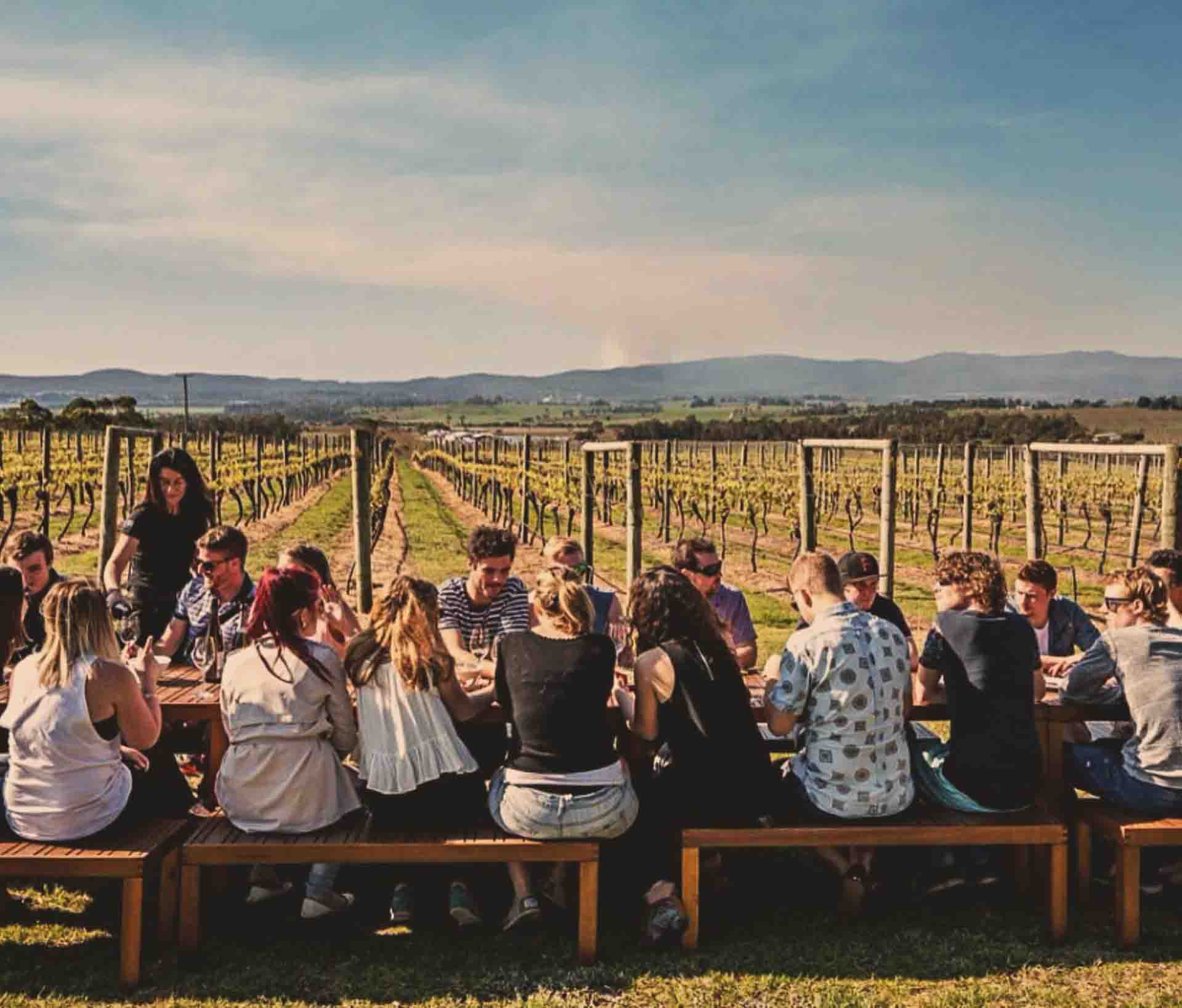
https://www.facebook.com/goatyhillwines/
Swing Gate Winery
Swing Gate Winery is a down to earth winery situated in a prime location in the Tamar Valley. After 15 years, Swinging Gate Vineyard has reopened with a new identity, and you can sample the complex wines from vines that were planted over 20 years ago. A transformed machinery shed is now home to their Cellar Door and Day Spa, offering the public the chance to relax and enjoy the experience while overlooking the vineyards. Swinging Gate is a must-see on the Tamar Valley wine trail and is awarded one of our favourite wineries in Tasmania.
Goaty Hill Wines
Owned and run by two families who are living their best life, making fine wine in the serene Tamar Valley. Goaty Hill is all about giving back and staying connected with their local community. The cellar door regularly showcases a range of local music, food, and art events throughout the year.
The Coal River Valley
The Coal River Valley captures the best wineries near Hobart. The Valley is known for its fine dining restaurants, fresh local produce, and of course, owning some of the best wine coming out of Tasmania. If you’re staying in the city and you’re on the hunt for the best Greater Hobart wineries then be sure to check out WIne Regions Australia’s take on the top Coal River Valley wineries.
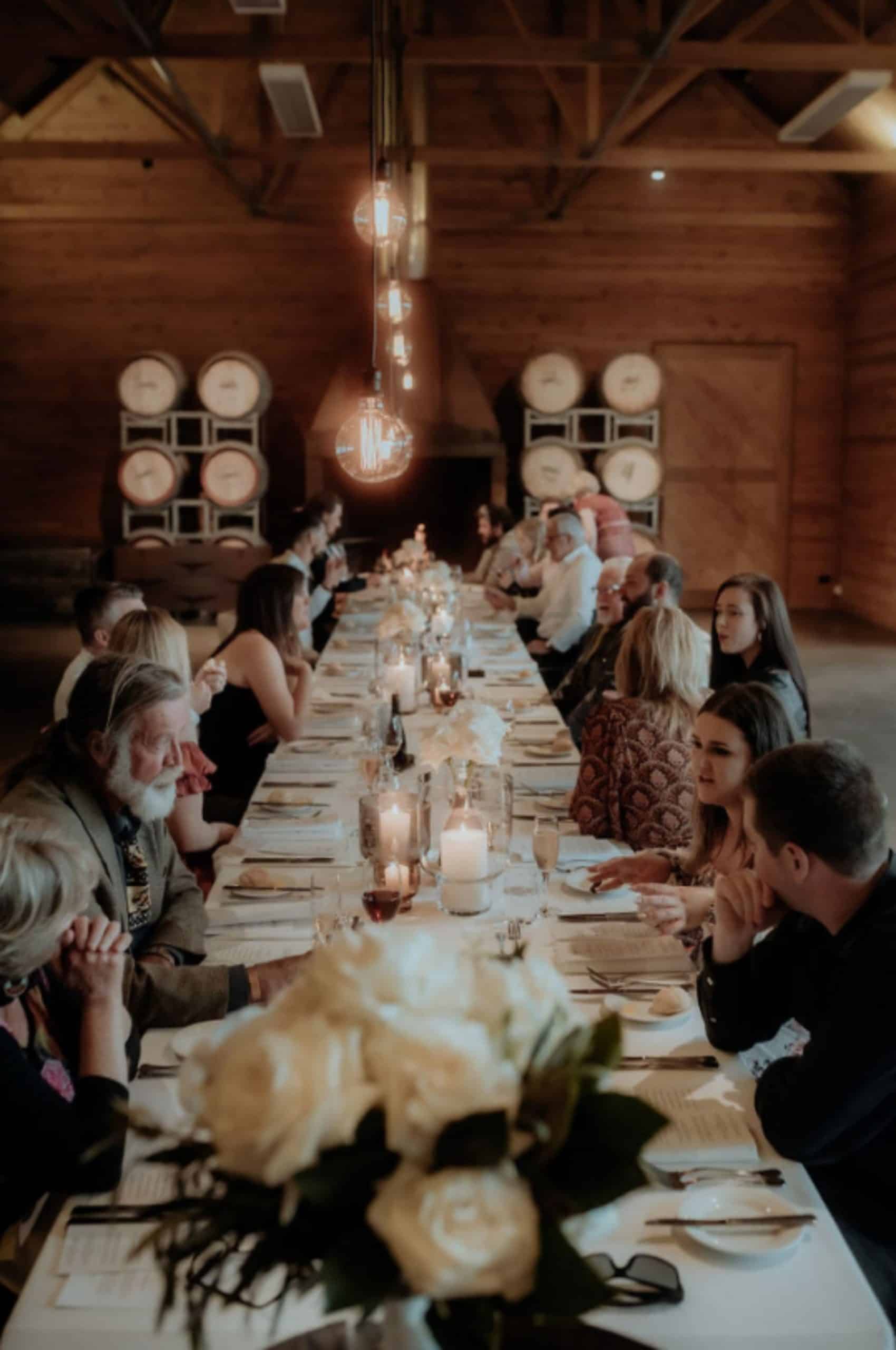
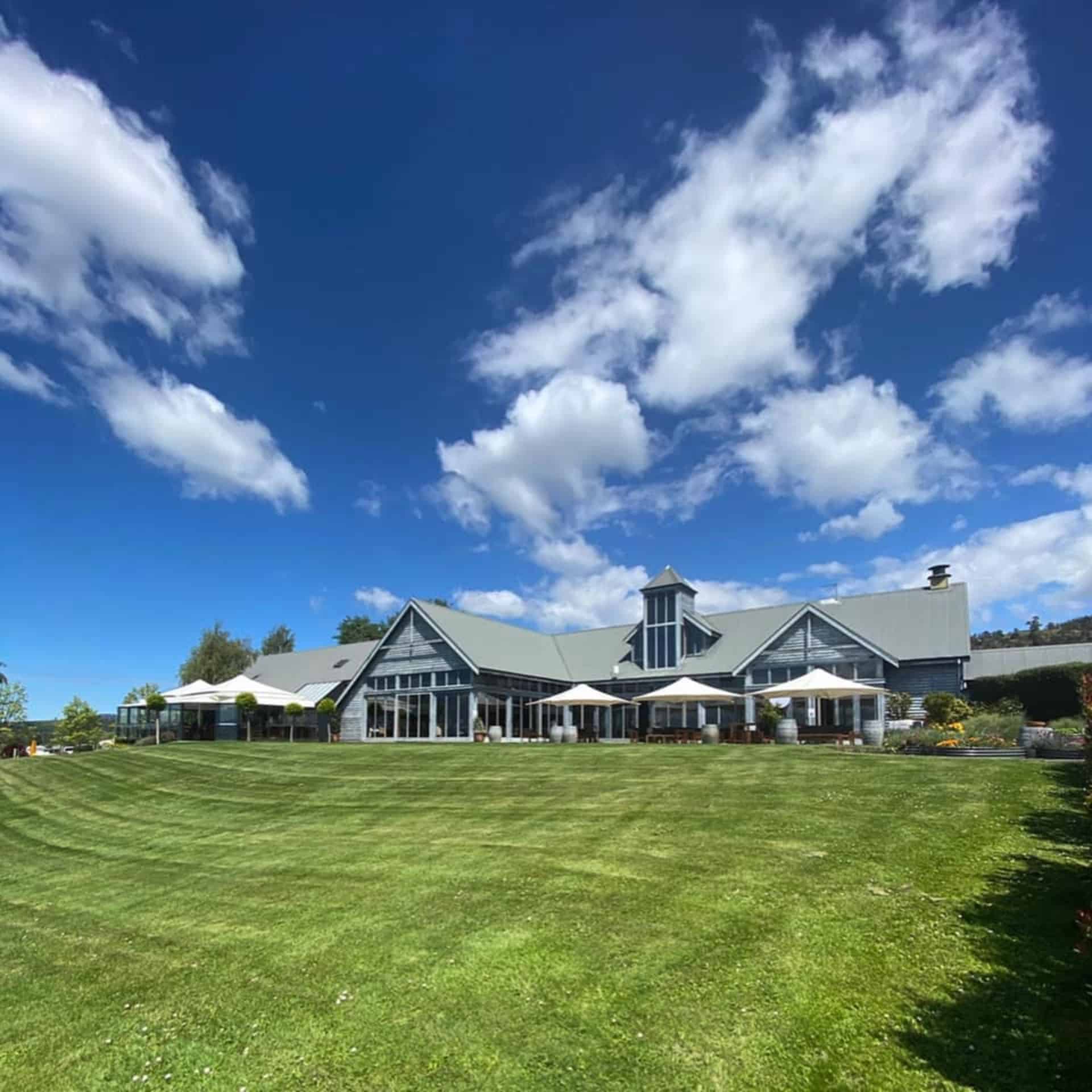
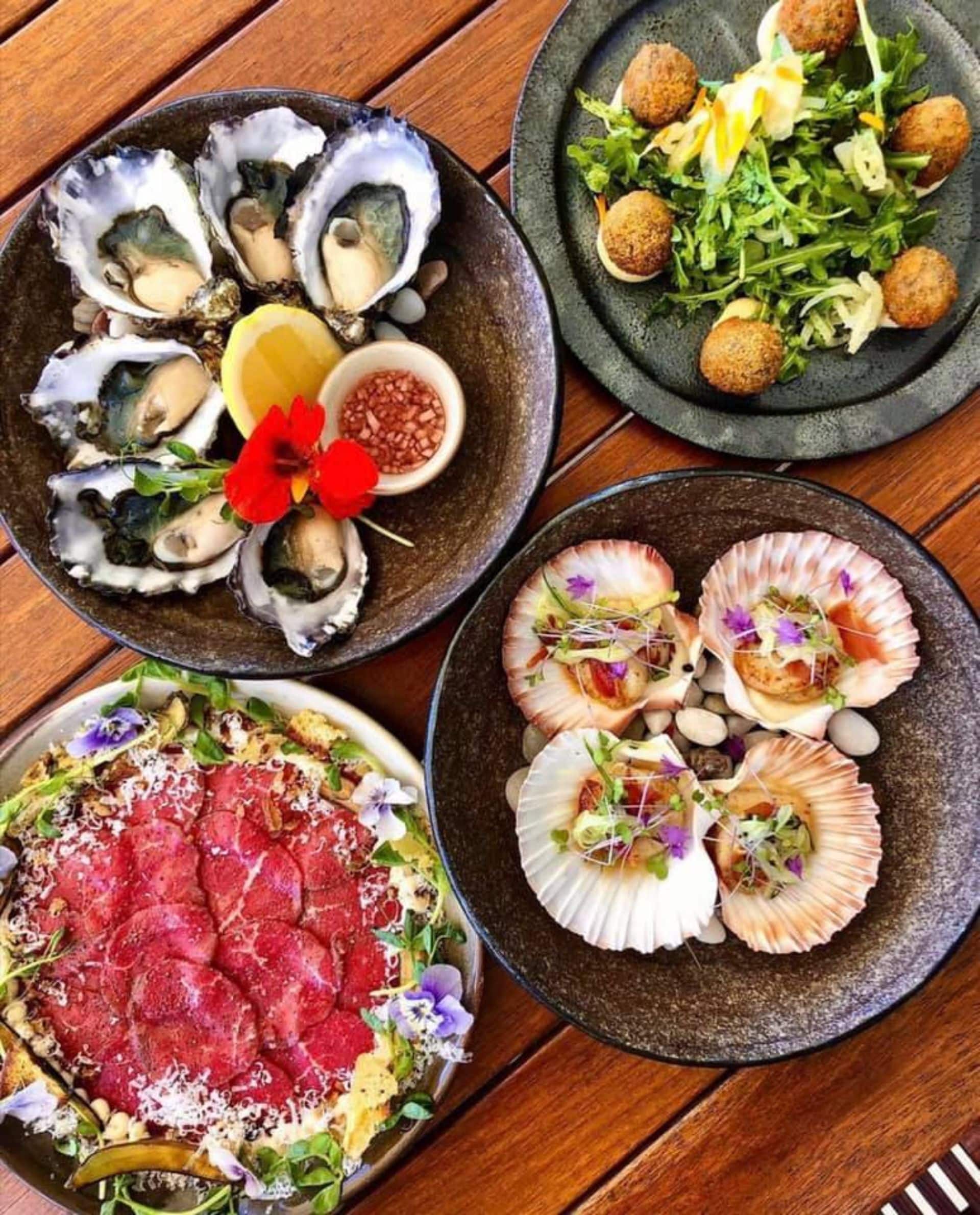
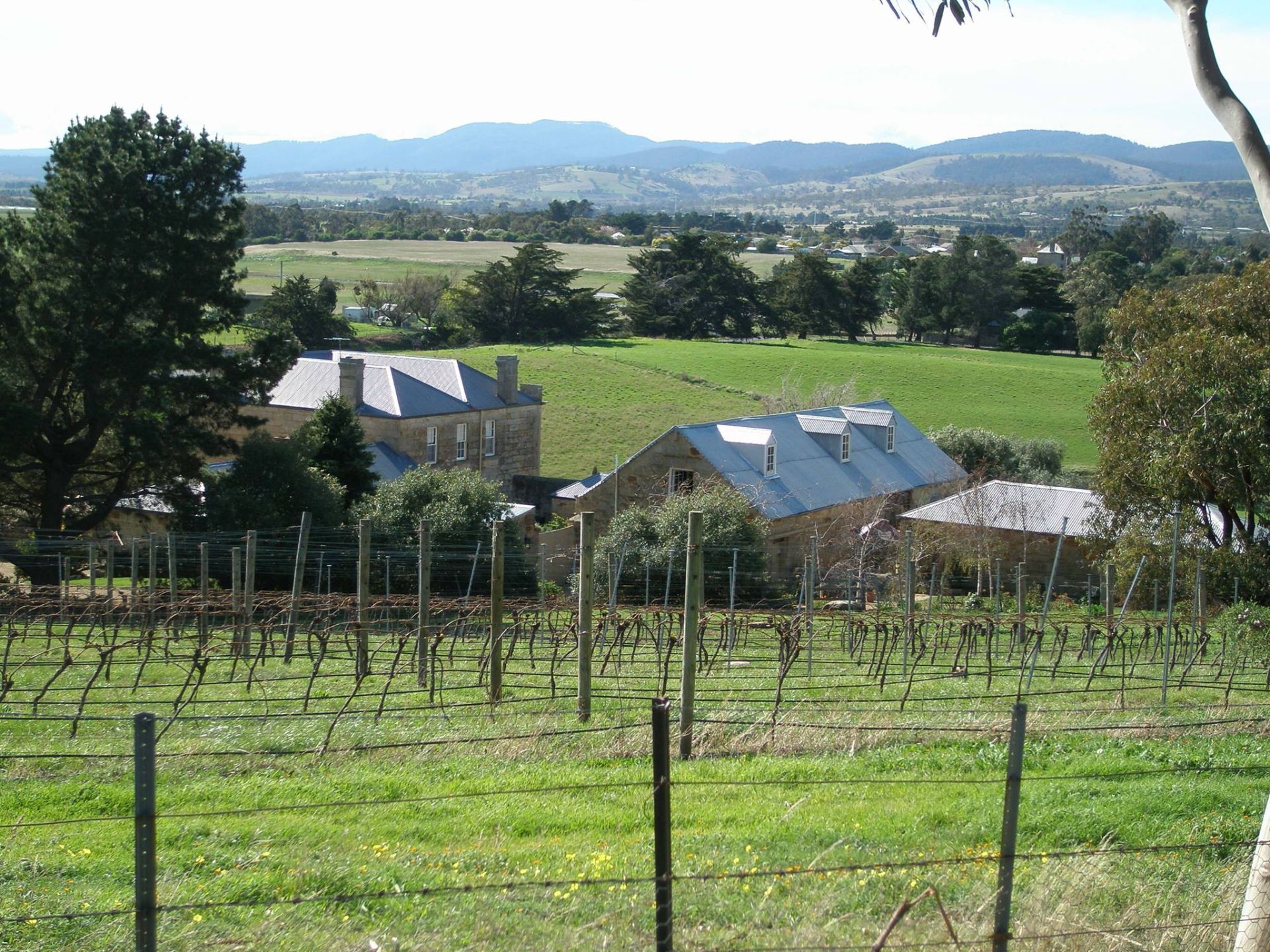
https://www.facebook.com/FrogmoreCreek
Frogmore Creek
Frogmore Creek holds claim to being one of the best restaurants in Tasmania. You’ll find innovative menu ideas and nothing but seasonal produce quite often from their gardens at the restaurant. They also have one of the most informative wine tours Tasmania has to offer. This Greater Hobart Winery is an impeccable way to start your wine trail through the Coal Valley
Pooley Wines Estate
Pooley Wines Estate stands firm in the Coal River valley. You can see the stupendous, sandstone colossal poking through the trees, and it is a sight to behold. Pooley has a varietal focus of Riesling, Chardonnay, and Pinot noir and has won some commendable awards. Definitely a box to tick on your trip.
Coal River Farm
Coal River Farm is a must-see but also a must-taste. Their triple cream brie will have you battling amongst friends for the last cracker. If you haven’t got time to check out the farm, they have a gift shop in the Hobart City Mall.
Coal River Valley is great for a day trip as there are plenty of Tasmanian wine tour companies that offer five-star services with pick up, drop-offs, and a few pearls of wine wisdom along the way. If wine isn’t life to you, there are plenty of other activities in the region, including paintballing, the driving range, Par Avion scenic flight tours, and heaps more.
The East Coast Wine Region
When you’re driving up the east coast of Tasmania there’s a point where your jaw starts to ache and you realize it’s been open since you left home. The pristine views, white sands, sapphire waters, not to mention some of the best wineries in Tasmania – this region will leave you speechless.
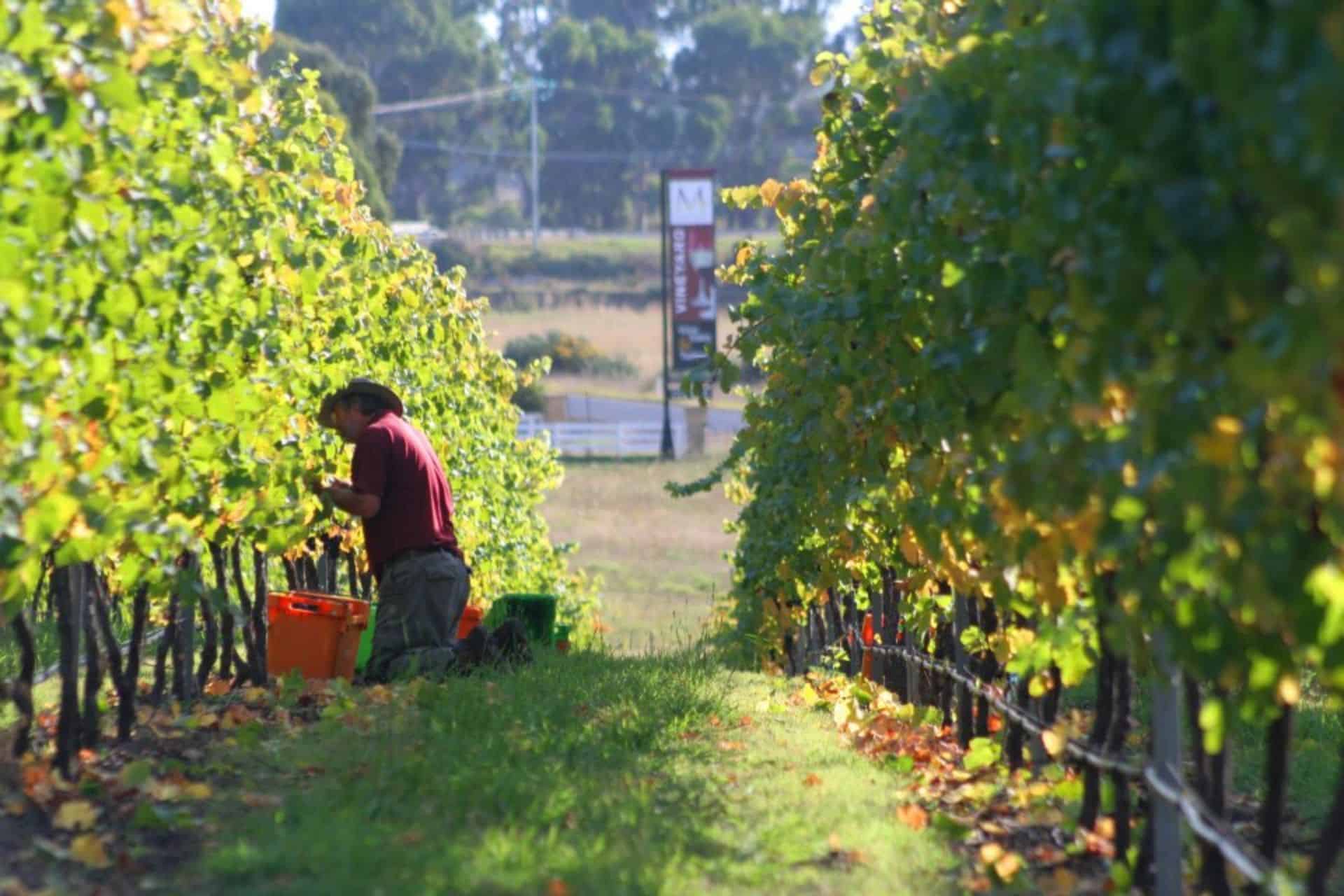
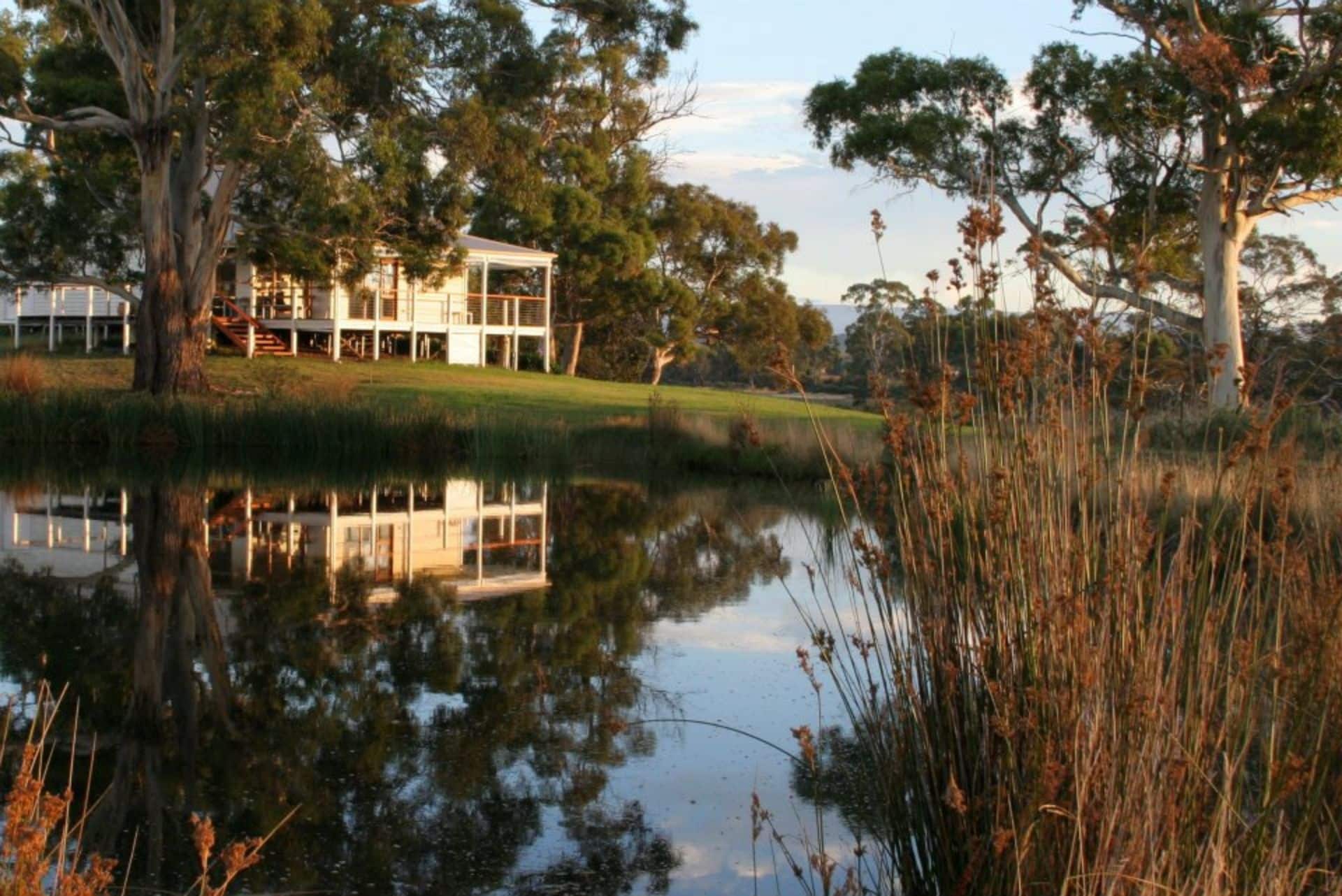
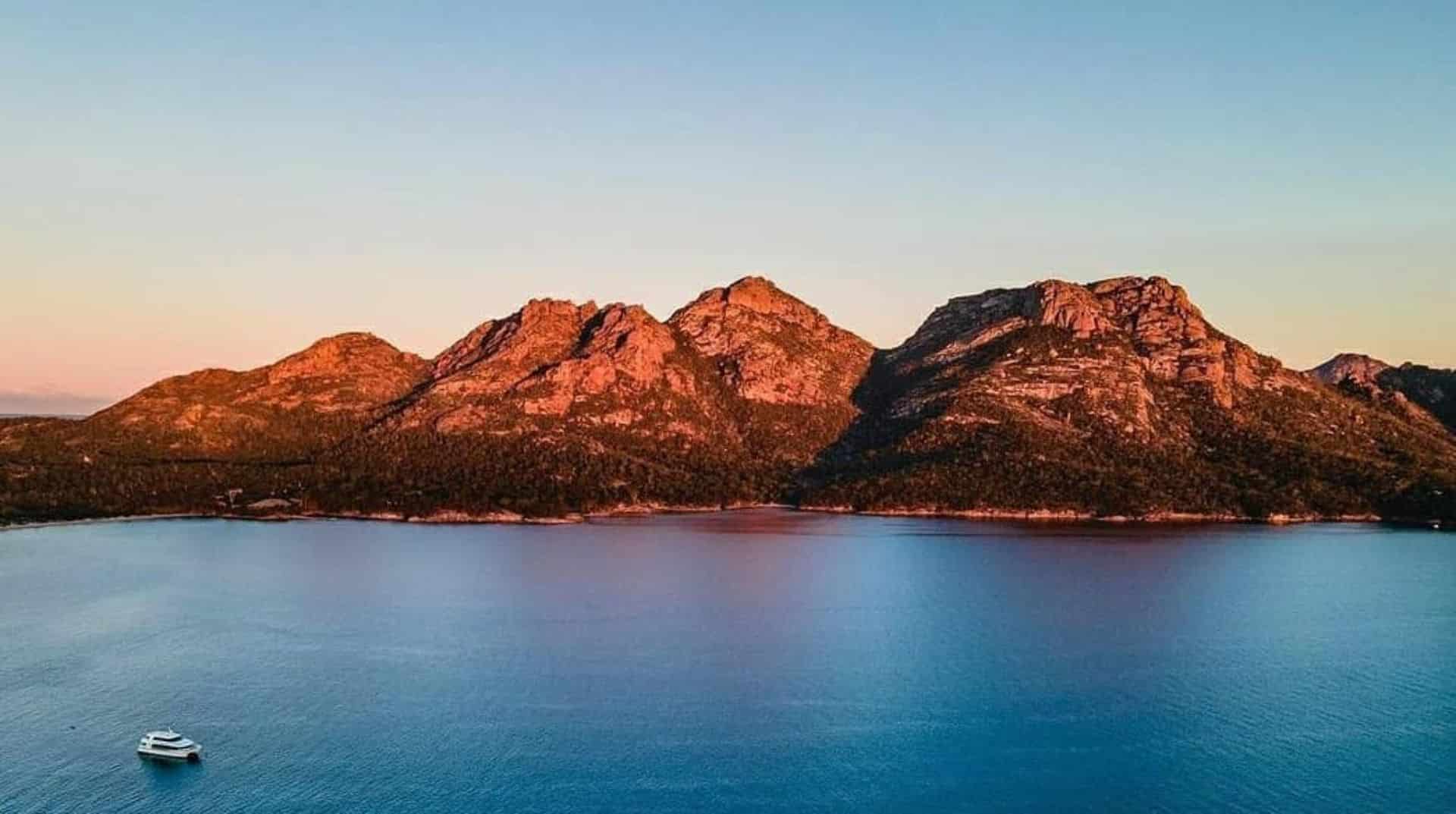
https://www.facebook.com/miltonvineyard/
Milton Winery
Milton Winery is among the top picks for the East Coast region. Once an old wool farm built in 1826, it sits on a symbolic mound of history. Known for its sassy, spicy Pinot Noir and great paddock to plate restaurant, you’d be silly not to stop and treat yourself.
Spring Vale Winery
Spring Vale Winery is a family-owned vineyard located in Bicheno, a thriving coastal town with a population of 950 people. Coastal cottages and great vibes! A perfect stop in for a wine flight tour of some delicious cool-climate wines.
Alongside some fantastic wineries, including Gala Estate, Freycinet Vineyard, Lisdillon Vineyard, there are so many activities in store. Turn right into Coles Bay for a day trip into Wine Glass Bay, stop in at the Freycinet Marine Farm for some freshly shucked oysters, or if you’re into anything surf related, there are a magnitude of world-class waves that litter the East Coast.
The Pipers River Wine Region
Pipers river is half an hour out of Launceston and is Tasmania’s most northern wine region. Though Pipers River region has a smaller quantity of vineyards, there is no taking away from the quality.

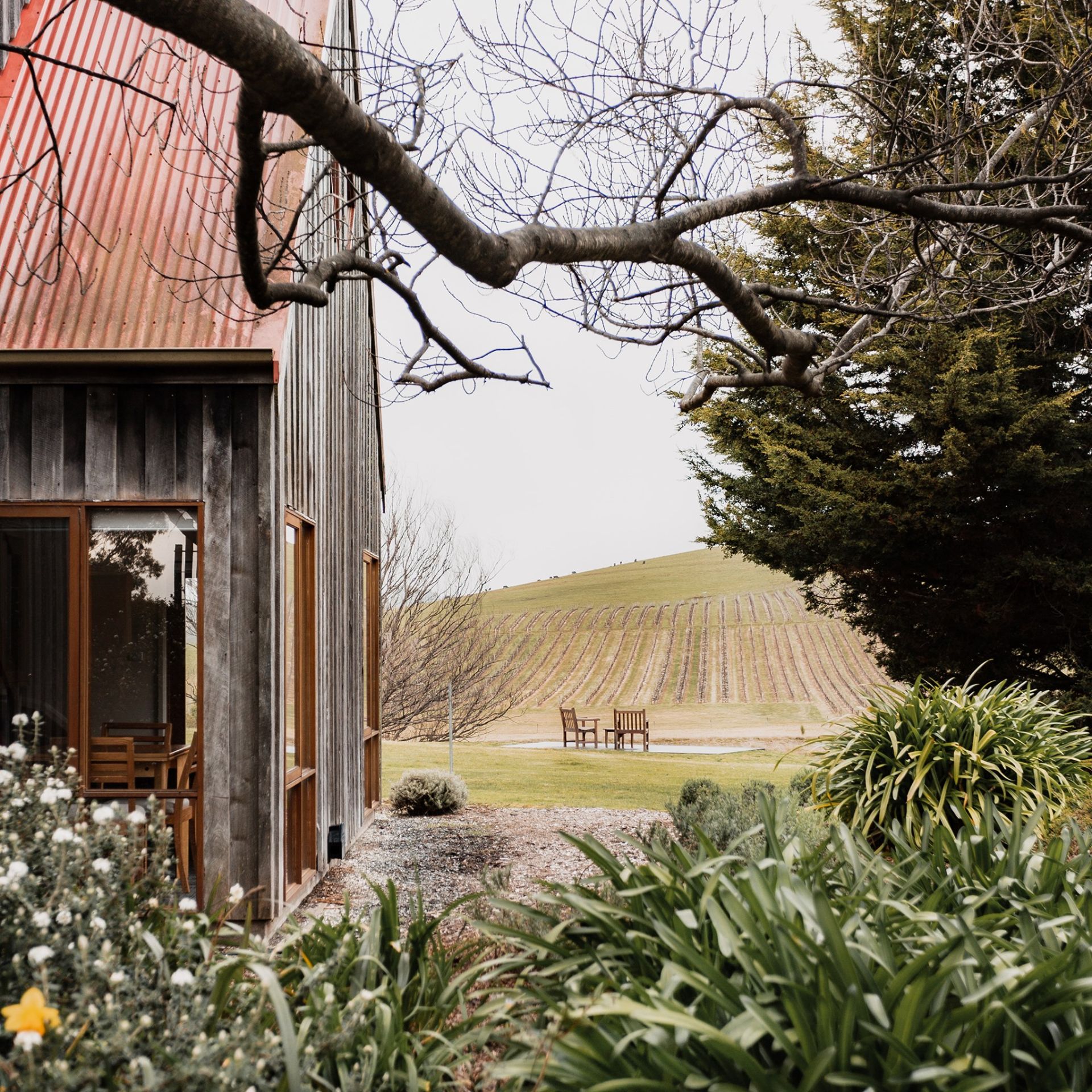

https://www.facebook.com/PipersBrookVineyard/
Pipers Brook Vineyard
Pipers Brook Vineyard is at an astounding location with beautiful views of the ocean and, in every other direction, nothing but beautiful wine country. Pipers Brook wines are responsible for providing Tasmania with some of the best cool-climate wines on offer. The Vineyard predominantly uses Pinot noir, Pinot grigio, and they also make some great bubbles. With great tours of the vineyards, some excellent Tasmanian wine tasting tours, and on-sight accommodation, you’ll have to drag your slightly inebriated spouse away from the location.
Jansz
Jansz was the first winery in Tasmania to create sparkling wine. The location of Jansz is said to rival the climatic condition of Champagne in France. There’s an elegant wine room at your disposal and exceptionally knowledgeable staff happy to oblige your curiosities. In terms of other activities outside of wine, you’re a bit out of luck. But if you are in town for a few days and you’re sick of wine, there’s the Windy Park Alpaca farm you can visit; who knows you might have a blast.
The Derwent River Wine Region.
The Derwent River is the spine of Hobart, giving life and movement to the flora, fauna, humans, and most importantly, grapes. The Derwent River provides rich tannins and minerals to the soil giving thousands of years of complexity to each grape varietal. The region has some of the closest wineries to Hobart giving you the option of a day trip if you’re staying in the city! The Tasman sea provides strong southerly winds that keep the grapes fresh in summer but keeps away the extreme frosts in winter. The Maritime climate provides a vast range of cool-climate wines that are making their way to global recognition. When it comes to looking for wineries in Hobart, the Derwent River wine region has you covered.
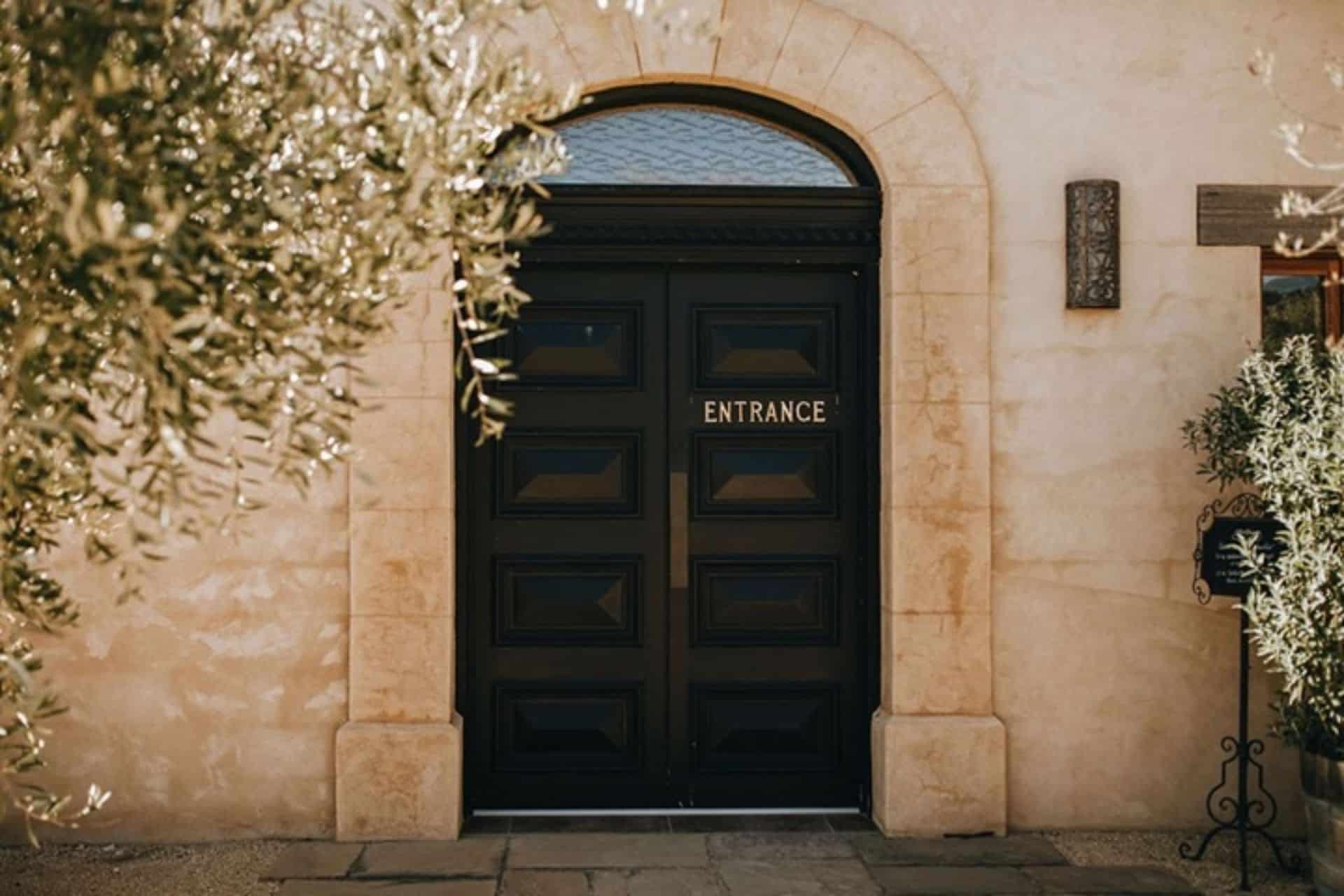
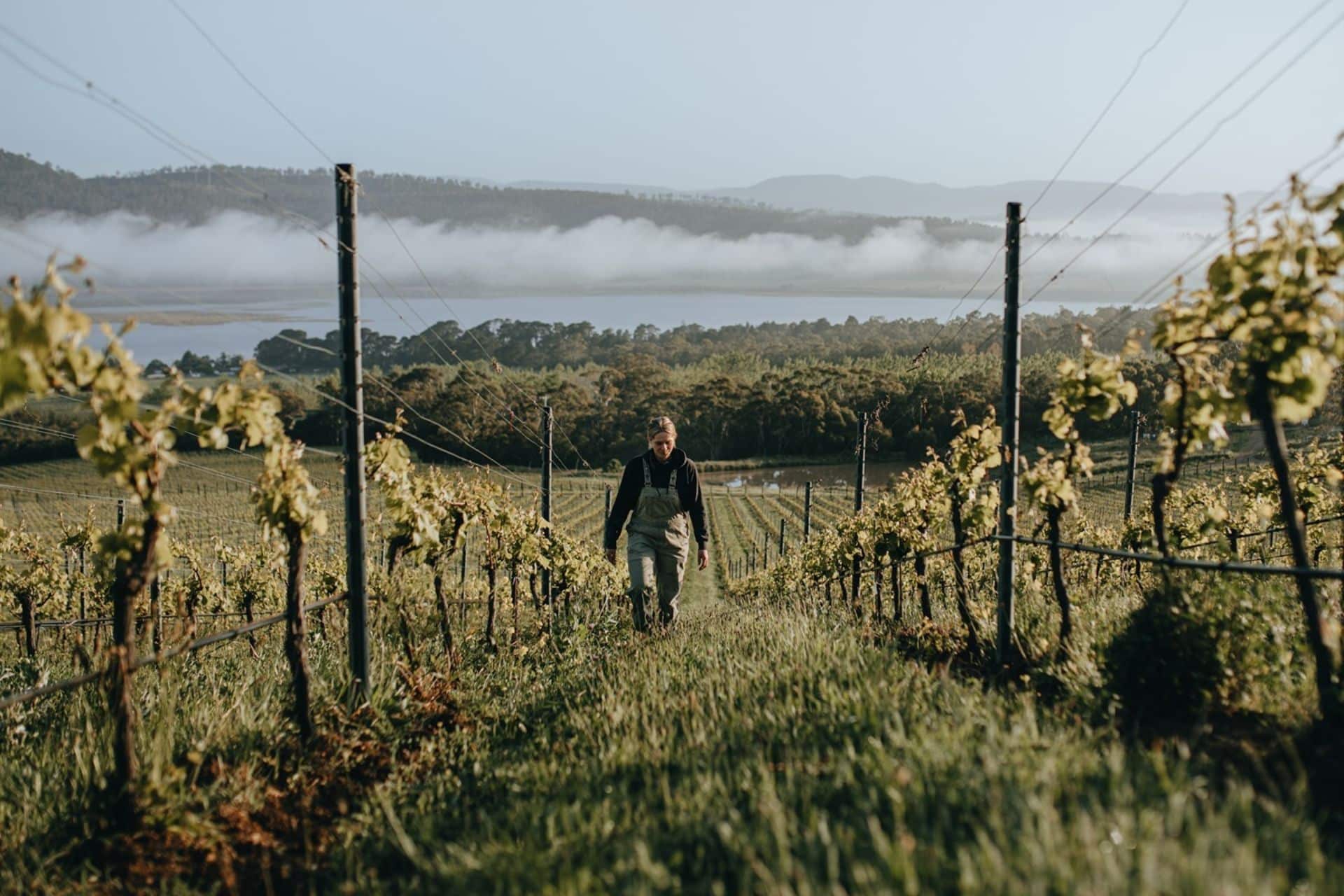
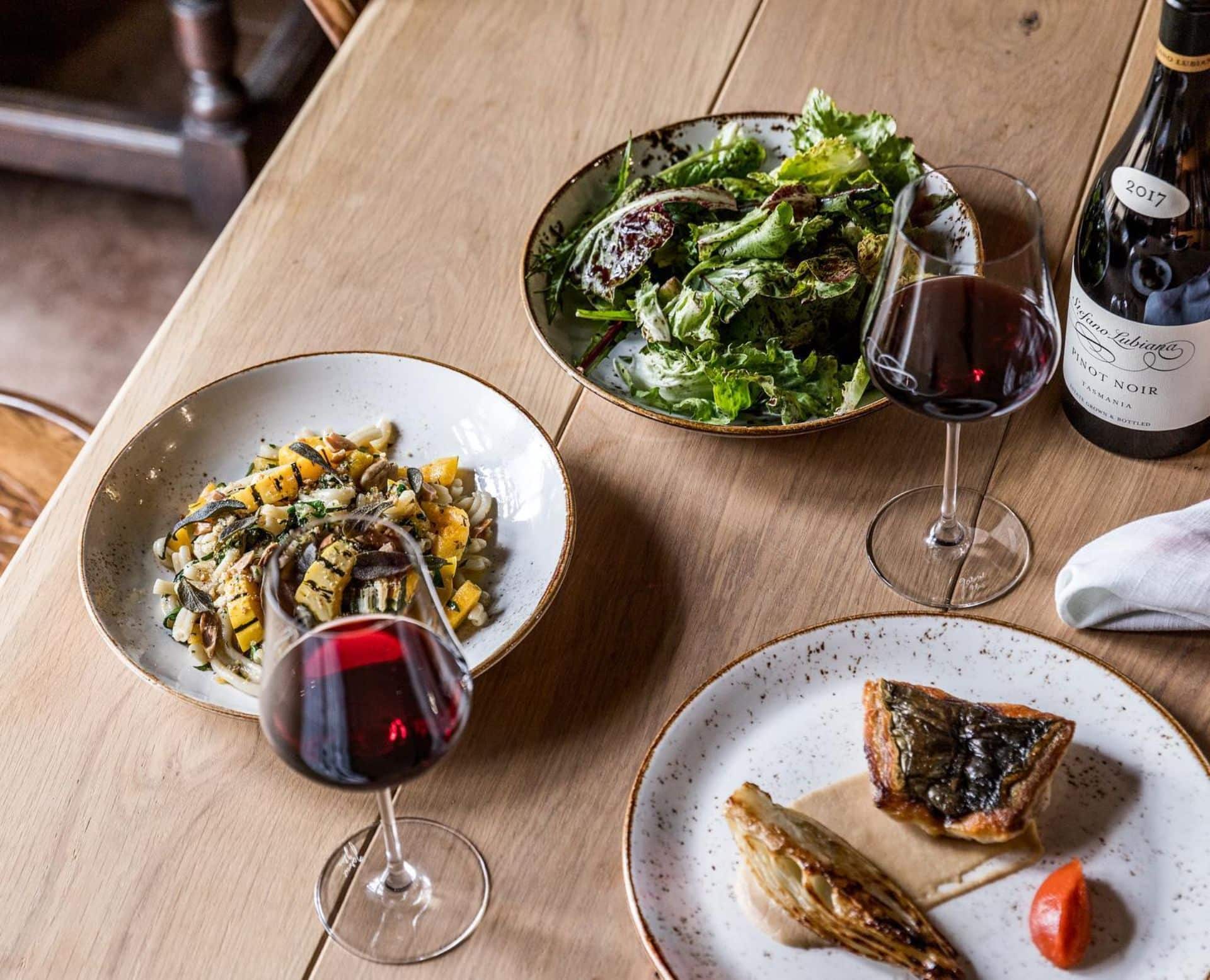

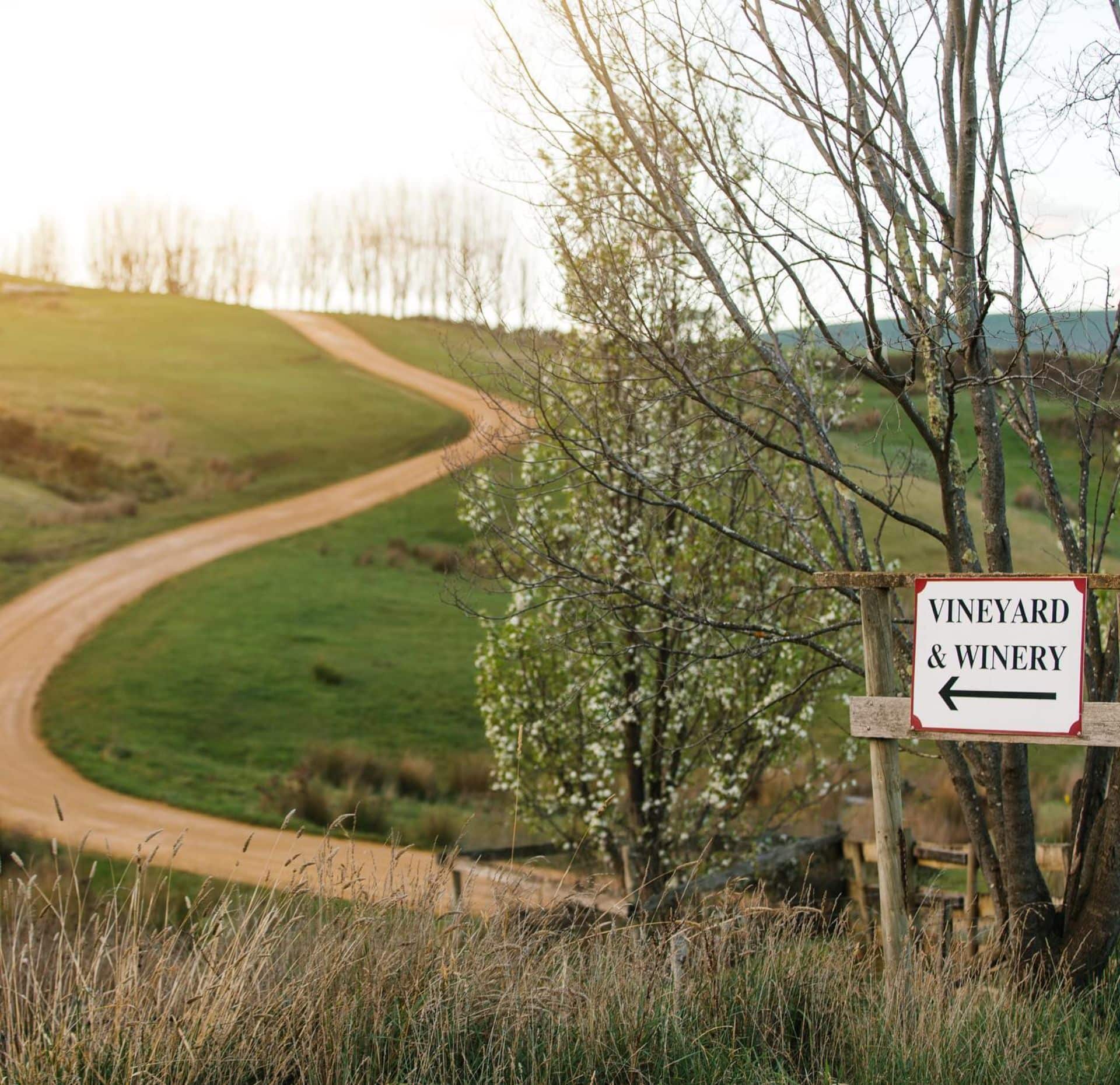
https://www.facebook.com/StefanoLubianaWines/
Stefano Lubiana
Stefano Lubiana looks over the river, high upon a hill and gives you the enveloping sensation that you just stumbled across a Spanish paradise. Their restaurant provides high-class service and great food that is intrinsically matched with beautiful wines. Stefano Lubiana is known for their elegant Pinot noirs and buttery Sauvignon Blancs. Wine Regions Australia awards Stefano Lubiana one of the best wineries Hobart and the Derwent Valley has to offer
Meadow Bank Wines
Meadow Bank Wines strive for quality. It’s one of the only places you’ll enjoy every wine on offer unless you don’t like wine, then there are plenty that you won’t like. The Vineyard is situated deep in the Derwent Valley amongst the rolling hills of the region. Meadow Bank was started in 1976 and is run by a collective of very talented winemakers. Their knowledge and blood sweat and tears (not in the wine) have resulted in producing premium quality wines with so much character. Known for their Gamay, Pinot, and Chardonnay, without condoning irresponsible service of alcohol, one glass will probably not be enough.
There is so much to do in this region you should definitely consider making a day trip. Stop off at Salmon Ponds for a snack, for the fish that is! You can buy fish food there but just watch out; they really leap for it!
If you are in the mood for burning the carbs you just drank, you can go for a short walk at Mount Field National Park. There are beautiful waterfalls and some of the most ancient and tallest trees in the world.
It’s imperative that this Greater Regions of Hobart winery makes the cut to your winery to-do-list.
The North West Wine Region
The air is still and tranquil, dairy farms, fields of vegetables, hills of vines; its the foodies’ daydream. The North West is also known as the Cradle Coast wine trail. The drive through the region is mesmerizing and often silent because there is so much to look at.
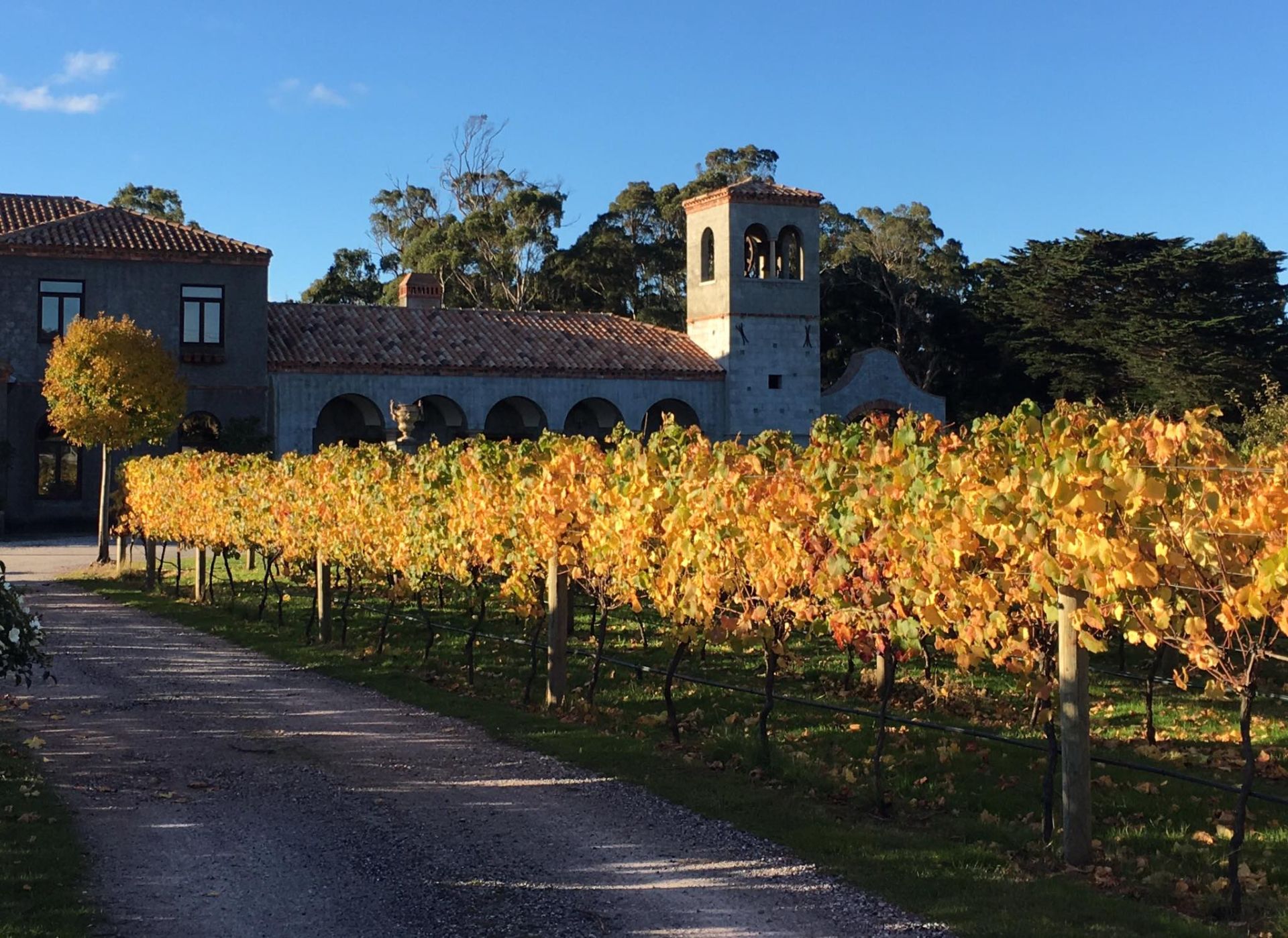
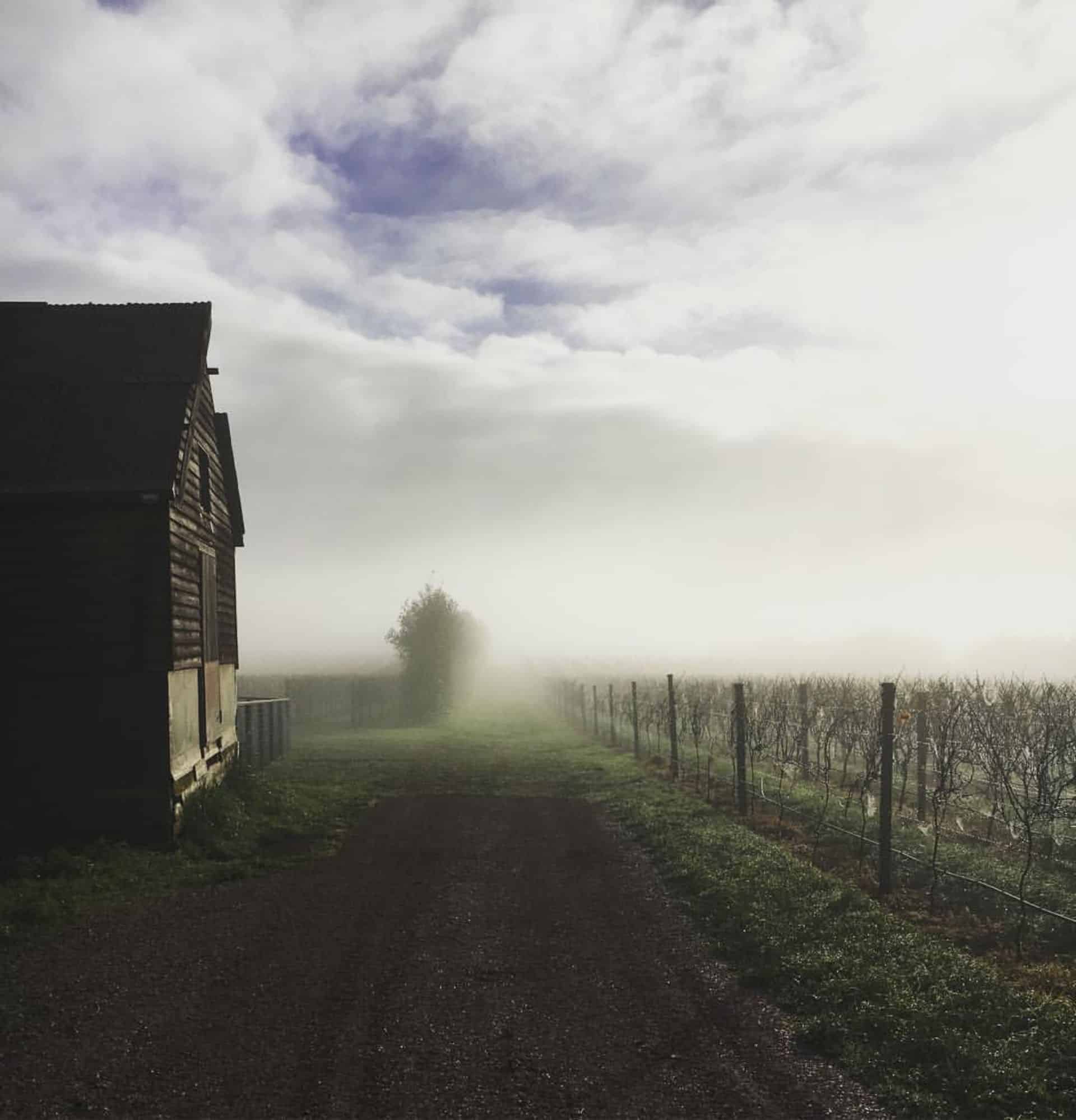
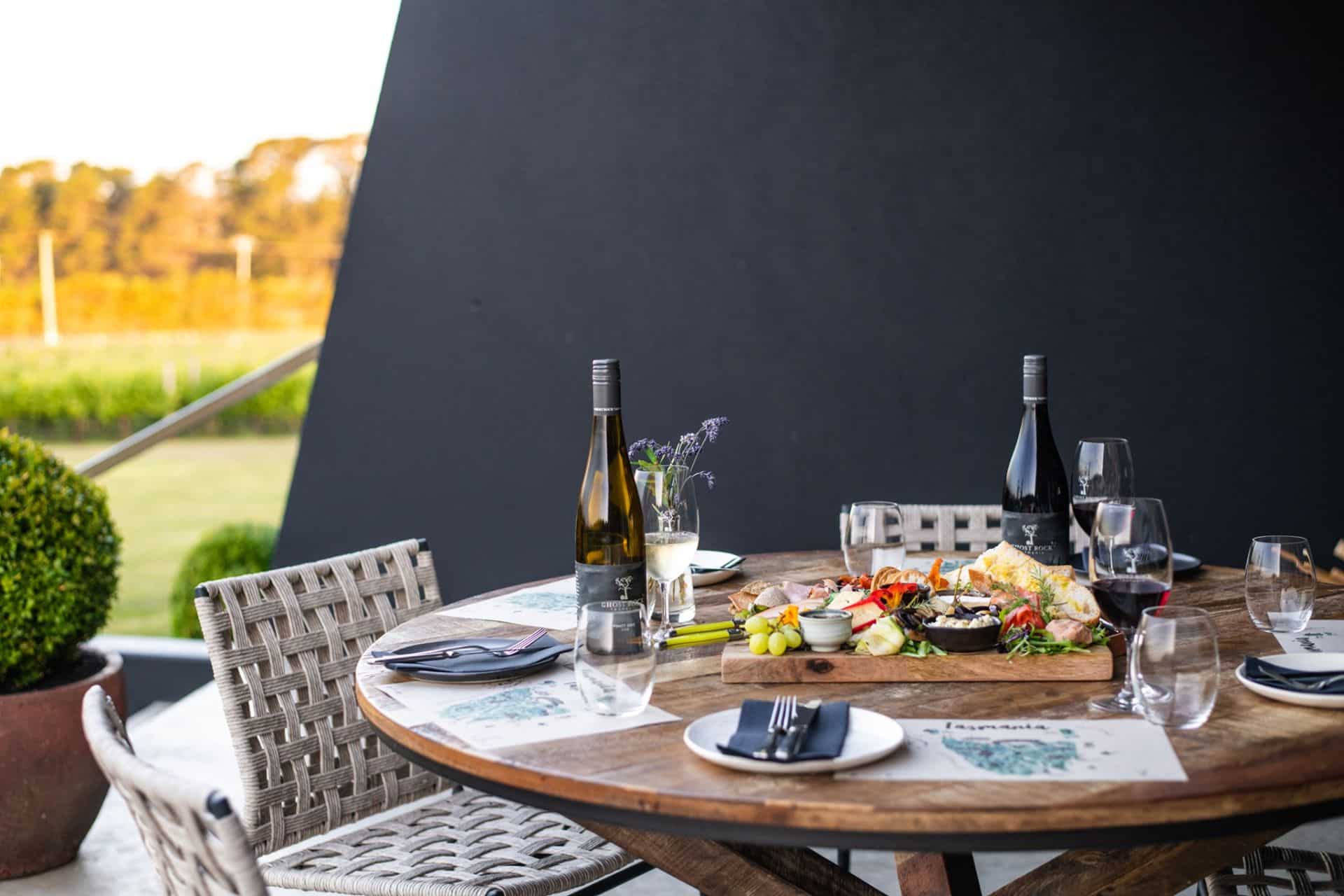
https://www.facebook.com/lavillawines/
Leven Valley Vineyard
Leven Valley Vineyard is just twenty minutes south of Ulverstone, sprawled comfortably on a hill overlooking the picturesque Gunns plains. Their cellar door is open regularly, and they offer great tasting tours of Tasmanian wine. It’s worth purchasing a cheeseboard, spread with local, fresh produce from surrounding areas. Focusing on Pinot noir and Chardonnay, Leven Valley Wines have really encapsulated the Tasmanian quality cool-climate reputation.
Ghost Rock Vineyard
Ghost Rock Vineyard is a lovely winery situated on the Cradle Coast wine trail just 10 minutes out of Devenport, and on top of that, it has an epic name. With panoramic views of the Bass Strait and the surrounding countryside, you’d be silly not to try one of the better wine tours Tasmania has to offer. They have won the best cellar door experience by Tourism Tasmania and the James Halliday 2020 five-star review. They cover lots of varietals but predominantly focussing on whites such as Chardonnay and Pinot grigio to Riesling and Sauvignon Blanc.
If you want to dabble in something other than wine while you’re on the Cradle Coast, try not to get overwhelmed in the abundance of variety. Hikes, national parks, nurture and heritage tours, extreme outdoor activities, you name it. Head to Visit Cradle Coast to get an itinerary that suits you.
The Huon Valley Wine Region
Also known as the Apple Isle, The Huon Valley is high amongst the most fertile regions. The Huon hold some of the closest wineries to Hobart. While the drive only takes an hour it may in fact take you four, after you have stopped at three different fruit stalls, two cider sheds, and a couple of varying produce farms along the way. Make sure you save some room for the real reason you are there, the wine! The Huon Valley is responsible for just 1% of wine distribution coming out of Tasmania. The wineries in the region, though small in scale, make up for it in personality and character. Check out Wine Regions Australia’s top picks for the best Greater Hobart wineries.
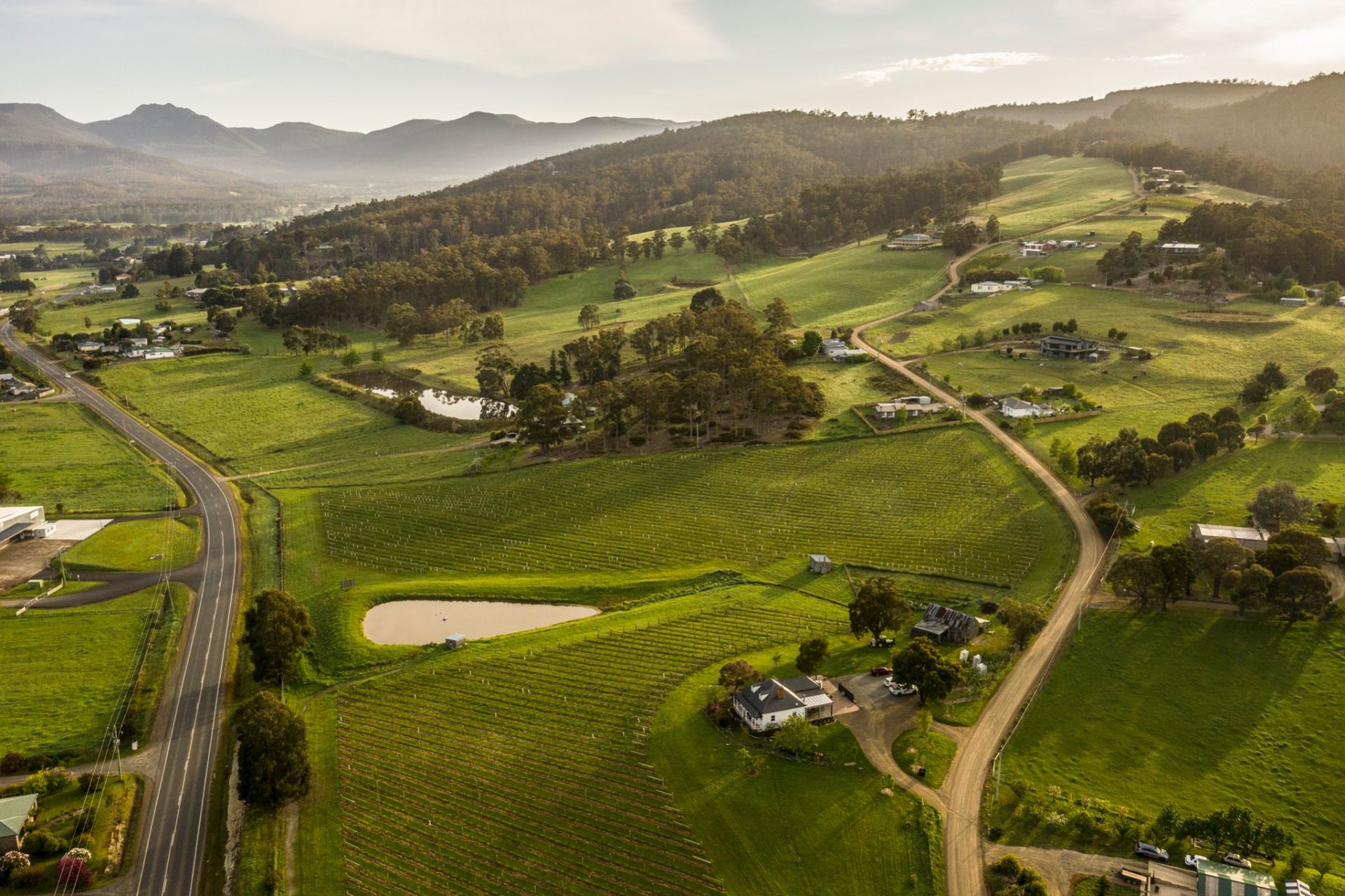

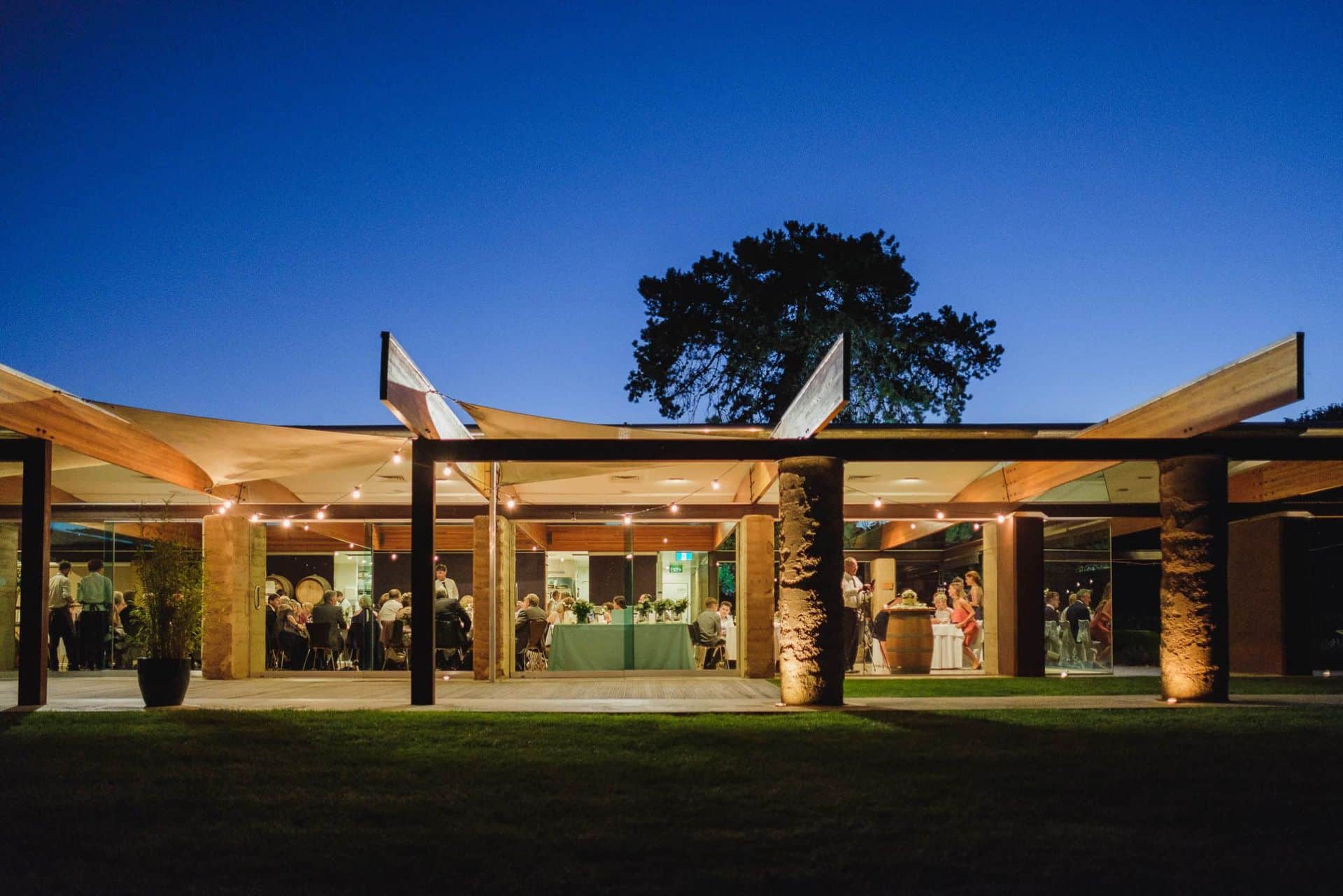
https://www.facebook.com/katehillwines/
Home Hill Winery
Home Hill Winery is a little niche winery in the Huon Valley. Their primary grape variety focus is Pinot Noir, which has won many awards. Their restaurant focuses on the paddock to plate philosophy, keeping everything seasonal, fresh, and tasting delicious.
Kate Hill Winery
Kate Hill Winery is a small scale winery that primarily focuses on sparkling, Chardonnay, Pinot noir, and Riesling. Kate Hill, who is the owner and winemaker, has built a fantastic product around the cool-climate environment. The cellar door tastings are personal and informative and a perfect way to start your wine tour of the region.
As mentioned before, there are so many farms, vineyards, and orchids in this region; you may not have time for anything else. If you’re in the neighbourhood for a while, you should check out the breathtaking sculpture trail up the Huon River. Don’t forget to dine in at the Willie Smith Apple Shed, where the open fire is endearing, the food is hearty, and the ale is always cold.
Not Just a Little Island
Tasmanians are always in an uproar for being left off the map, forgotten in songs, and only being known for the devil in the Looney Toons Squad. Though the state has been thrown a few curveballs, this little island is making its dent in the industry. Watch as your bottlos slowly start to fill with Tasmania’s elegant cool-climate wines.
Whether you make it to the state and get to visit some wineries or you purchase a bottle and drink it on the couch at home, enjoy Tasmania’s nectar of the gods and think of paradise as you savour the flavour.